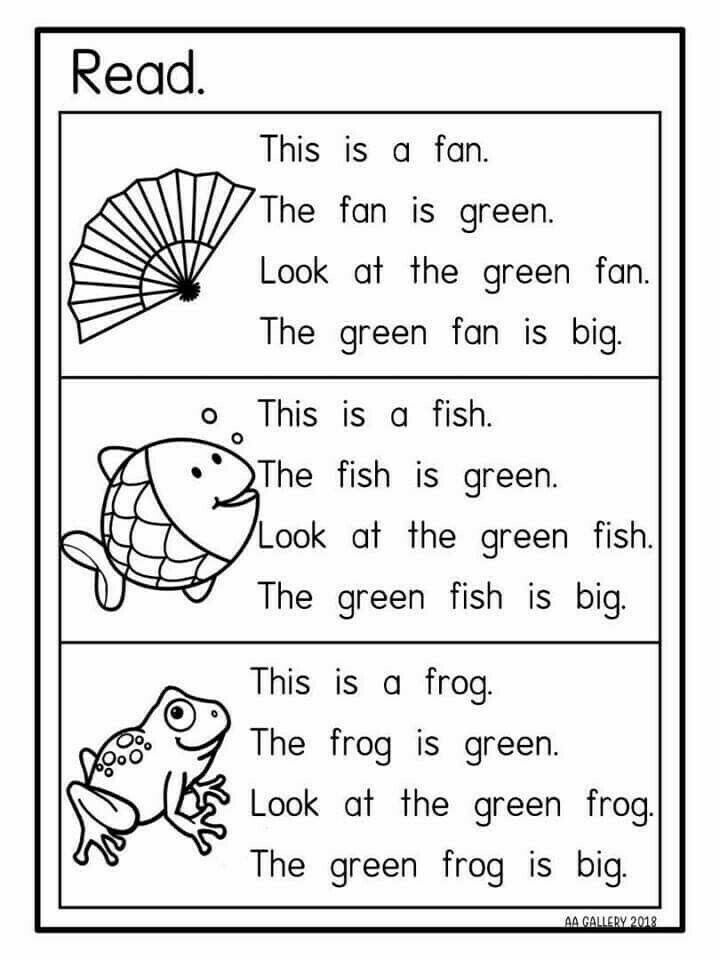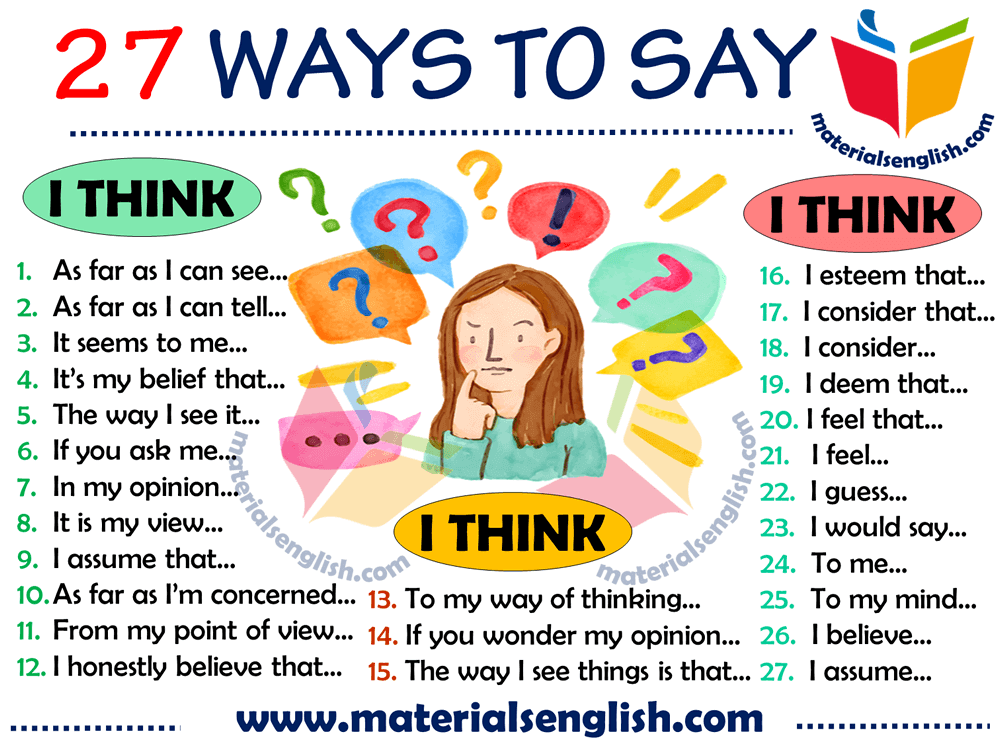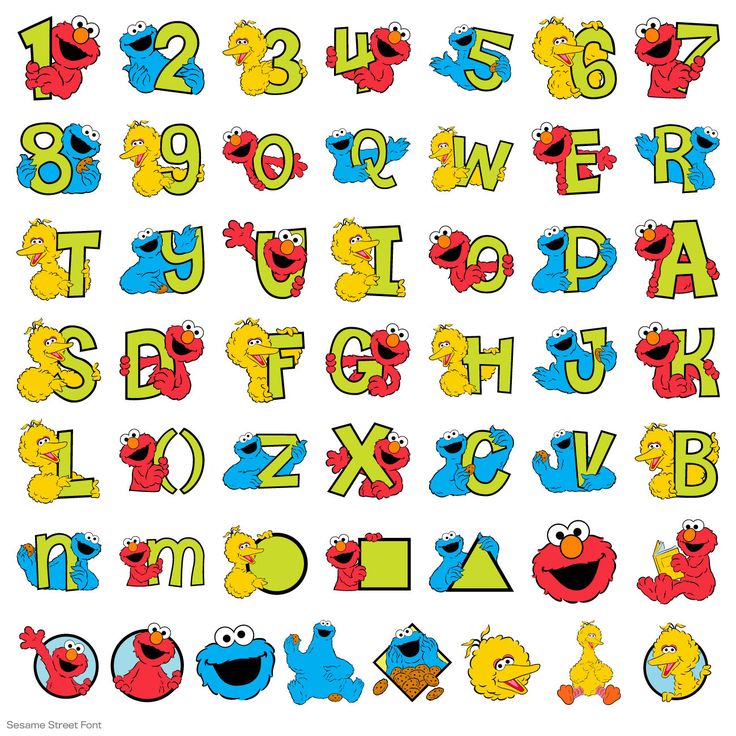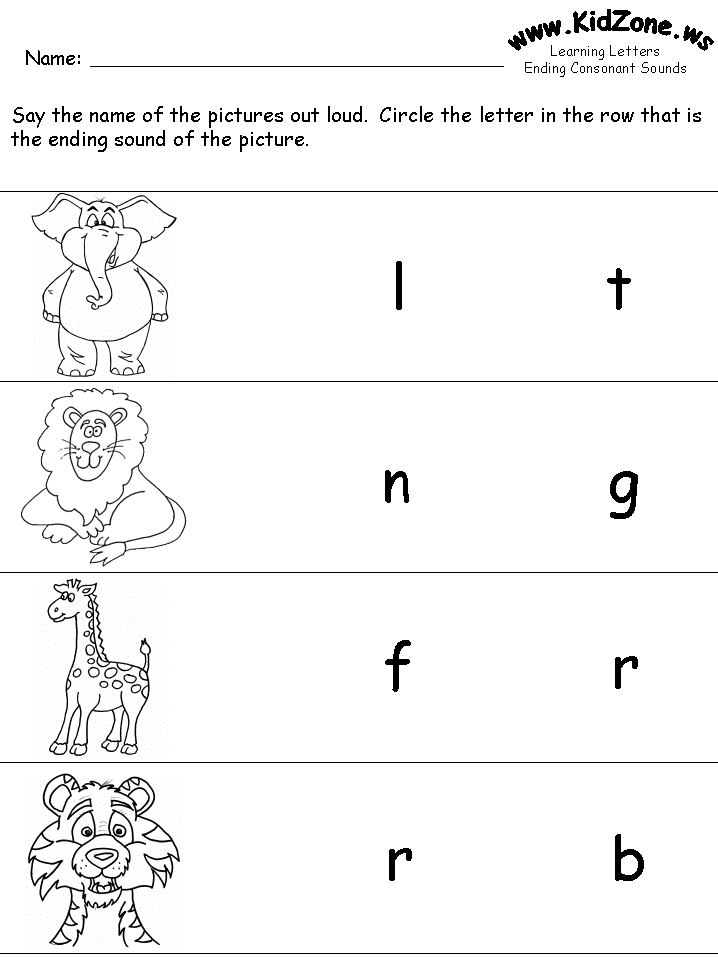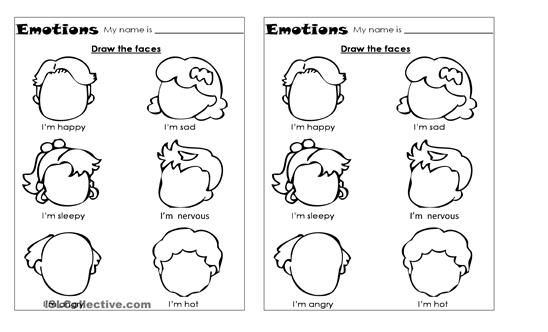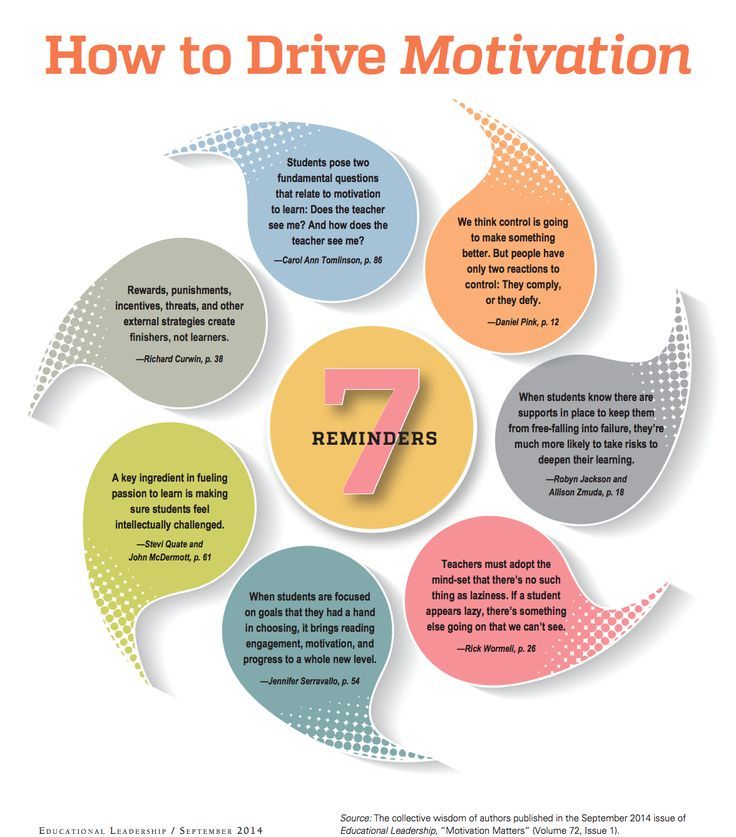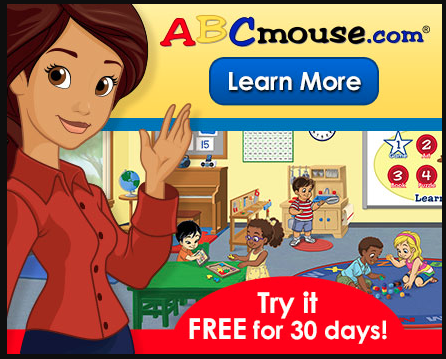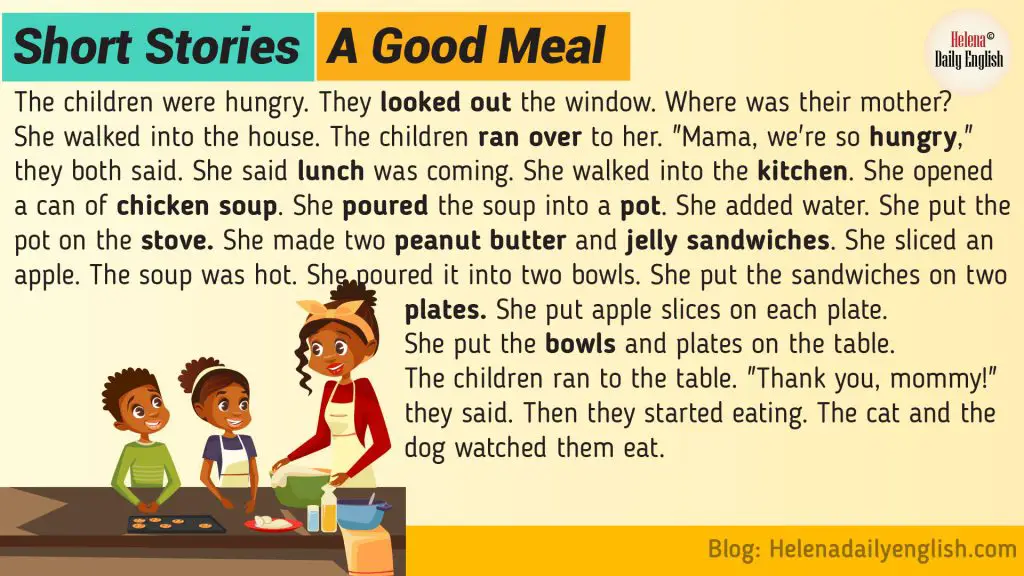Read in english for kids
10 Best Websites to Help Your Kids Read in English
Download: This blog post is available as a convenient and portable PDF that you can take anywhere. Click here to get a copy. (Download)
Why should you read in English with your child?
Childhood is the best time to start learning a second language. A positive early experience with English often leads to a better connection with the language and improved fluency in later life. For kids, speaking and listening are easier skills to develop than reading and writing. However, learning to read in English from a young age will help your child to develop a wider vocabulary and a better understanding of structure (grammar).
Children’s books are written and illustrated to be fun, engaging and easy to understand. Connecting a new piece of vocabulary or grammar to a story or poem can make it easier for a child to remember. Reading interesting stories doesn’t feel like hard work or “study” so this is good preparation for more formal English lessons later.
Reading together with your child can help them take more of an interest in it. If they struggle to read by themselves, then listening to you read a story in English will still help them to practise their listening skills and build their vocabulary. You might even find a new favourite story together!
The recommended websites below are a mix of British and American resources. Most include videos or audiobooks, which you can use with your child to practise listening and matching the sounds of words to how they are written. All of these kids’ reading websites are free to access and many of them offer downloadable ebooks!
1. The Story Place
This is a superb website for reading online because instead of giving you an ebook, its stories are in the form of interactive games! The story appears onscreen at the same time as it is read aloud, and you can interact with the story while it is being told. There are also bonus games to play afterwards, song videos, and printable activities.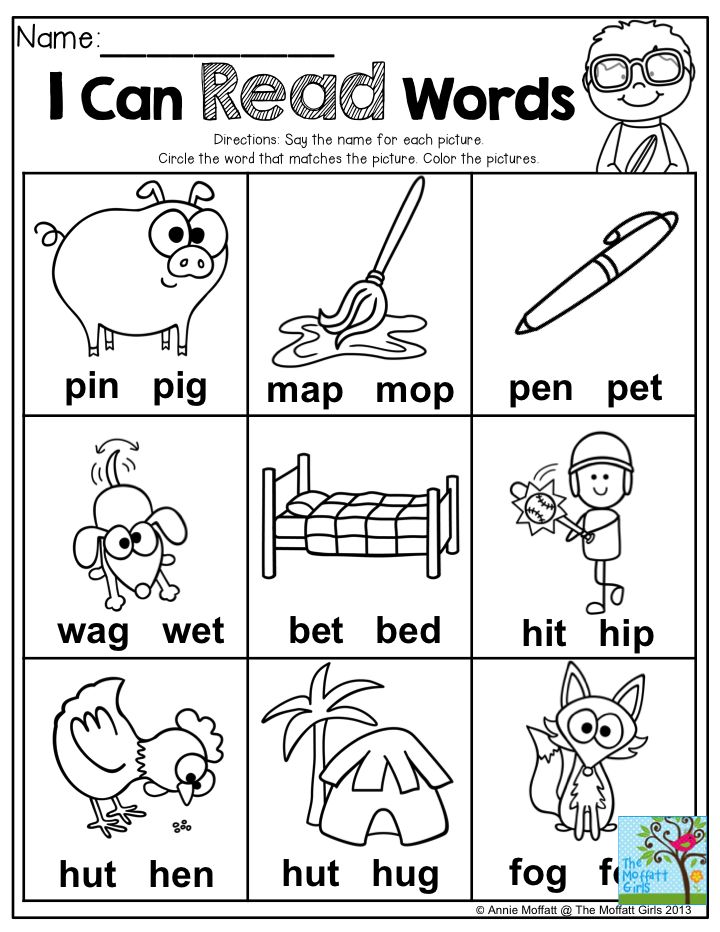 The site is built for young children, including pre-schoolers who are just learning their letters for the first time. New stories are added to this website regularly.
The site is built for young children, including pre-schoolers who are just learning their letters for the first time. New stories are added to this website regularly.
Each interactive story comes with at least one game, two songs, and a printable activity sheet to help your child practise new vocabulary that they have learnt during the story.
Try the Preschool Activity Library to find stories and activities based around your child’s interests – for example: colours, trains or their favourite animal! You can also look into the Literacy page for top tips on “raising a reader”!
We Enjoyed: I Will Not Take A Bath is a very funny little story about a baby who doesn’t want a bath until he has his favourite toys – why not practise telling the story with your child’s favourite bath-time toys?
Suggested Age Range: 3-6 years
2. Starfall
Starfall is an online resource build to help children learn to read.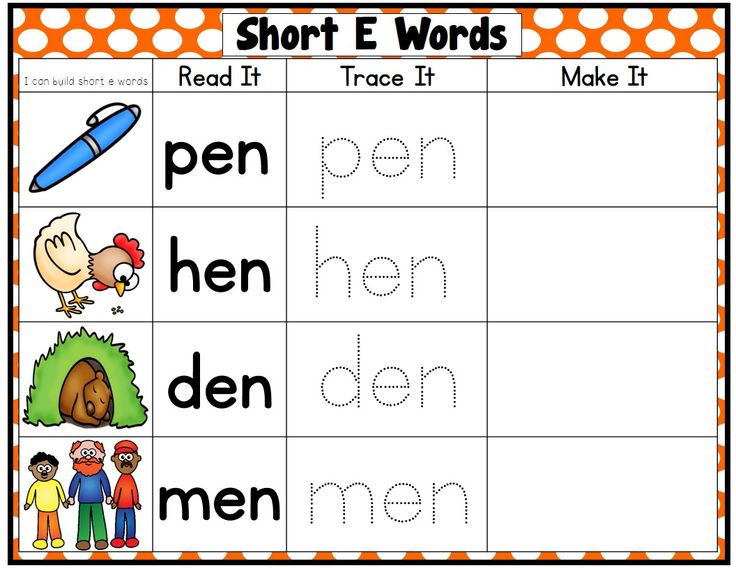 It offers interactive books for preschool children and young schoolchildren, each book is built around practicing particular letters and sounds. There are also seasonal stories – such as Pumpkin for Halloween or Snowman for Christmas – and simple maths exercises in English!
It offers interactive books for preschool children and young schoolchildren, each book is built around practicing particular letters and sounds. There are also seasonal stories – such as Pumpkin for Halloween or Snowman for Christmas – and simple maths exercises in English!
There are also lots of free resources for teaching your child at home, including printable worksheets, flashcards and posters. Some resources are only available to teachers in the USA and Canada, but there is more than enough material for you to use when teaching your kids English at home!
Try the Talking Library to practise reading and listening to famous stories – or even learn a bit of Shakespeare! Make sure you check out the Parent-Teacher Center for printables, advice, and even lesson plans!
We Enjoyed: The It’s Fun to Read section has some fun tongue-twisters to try! How fast can you say them all?
Suggested Age Range: 3-9 years
Are you worried that your child only wants to read their favourite story over and over? Don’t be! Studies have shown that children pick up vocabulary faster by rereading stories multiple times! It’s good to find new books and stories every so often, but rereading an old favourite is actually good for your child’s vocabulary and memory!
3.
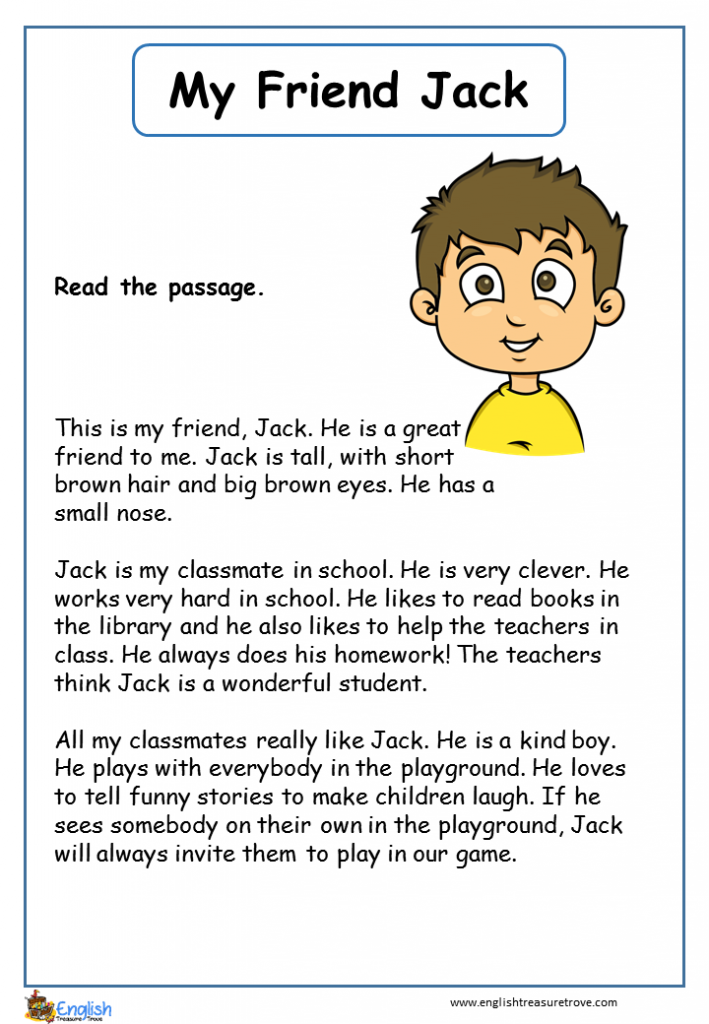 Oxford Owl
Oxford OwlOxford Owl is a British website providing free ebooks, learning activities, and workbooks for children. You have to sign up to the site to gain full access, but creating an account is completely free and gives you access to a library of hundreds of books and structured learning resources! Sounds good, right?
All resources are categorised by age, making it easy to find stories that should interest your child. Activities and workbooks are also divided in this way, making it very easy to navigate what’s best for your son or daughter!
Try the phonics guide, which is written to help parents understand and teach English phonics to their children! If you want to practise writing as well as reading with your child, the Activity Books section includes a workbook for proper handwriting. This is especially useful if your native language doesn’t use the Roman alphabet!
We Enjoyed: The Winnie the Witch books are a fun series of stories about an inept witch, and have a lot of lively illustrations that are great for younger children to explore and talk about!
Suggested Age Range: 4-11 years
4.
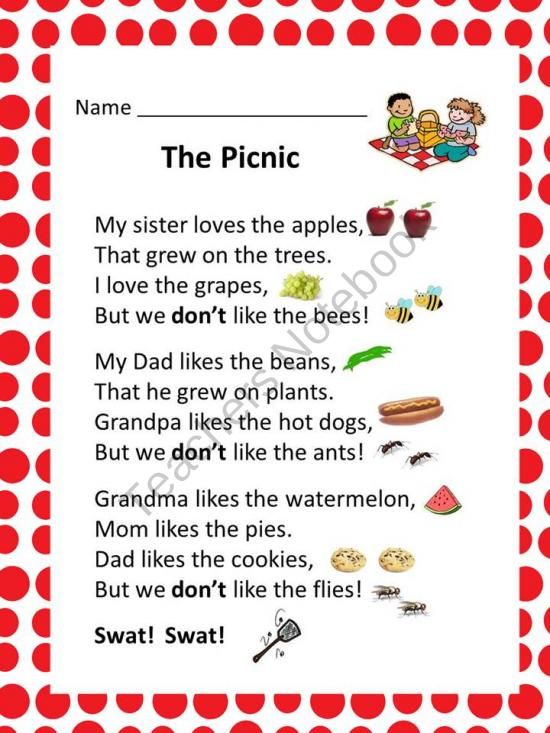 Storyline Online
Storyline OnlineStoryline Online is a great site for finding free videos of writers, teachers and sometimes celebrities reading children’s storybooks aloud. The videos come with fun visuals from the story as well! Each video also has free activity guides for both teachers and parents. These will give you plenty of ideas on how to discuss the story with your child, and games you can play afterwards.
The website’s blog also contains links to many other useful resources. Storyline is run by the award-winning SAG-AFTRA Foundation, and they are linked to a huge network of excellent literacy resources for children!
Try listening to a story one day, and then the next day too, watching it again with the sound off and the captions on. See if your child can imitate how the reader of the story talks! Don’t forget to look at the Activity Guides below each video to find ways to get your child thinking about the story they have just heard.
We Enjoyed: Library Lion is a cute, funny story that teaches children about how to behave politely in a library and the importance of helping other people.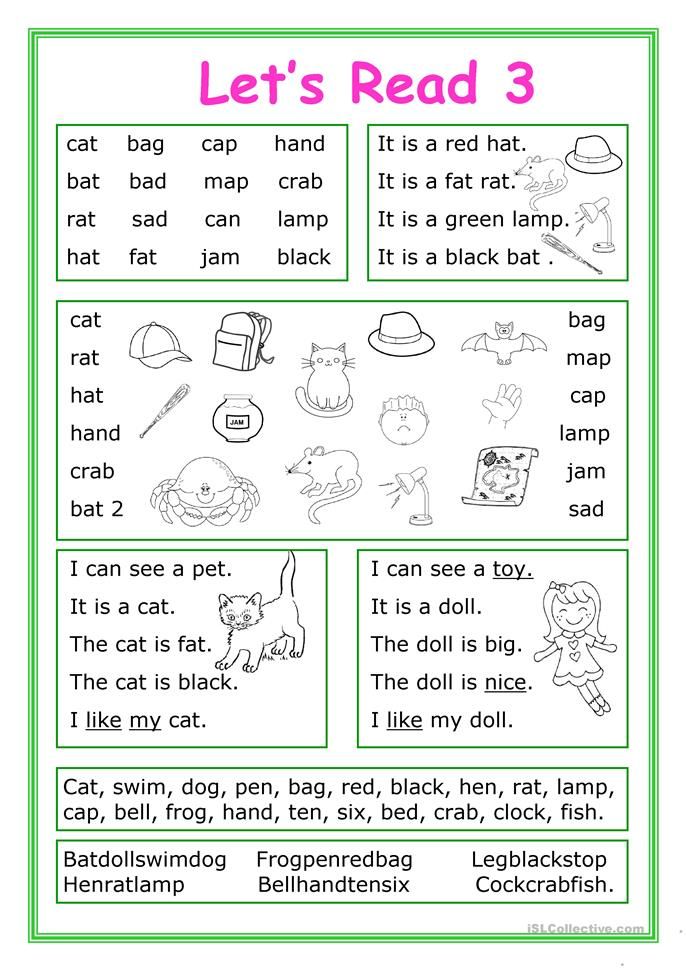
Suggested age range: 3-12 years
Find out your child’s reading level! Every child will learn to read at a different speed. Pay attention to how easy or difficult your child finds the first few books you find for them and adjust the English level of these books if necessary. Learning to read should be challenging, but not so frustrating that they want to give up! Experiment to find the right balance.
5. Free Kids’ Books
This one is, quite simply, exactly what it says on the tin – a website dedicated to sharing children’s books for free! Books are sorted for toddlers, young children, older children and young adults/teenagers, and can all be either read online or downloaded as a pdf for offline reading.
As well as storybooks, this site has hundreds of non-fiction books, allowing your child to use English as a tool to learn about different countries, famous people, history, science, or whatever takes their fancy!
Try the School Textbooks category to find free textbooks and workbooks aimed both at American schoolchildren and kids studying English as a second language. The Learn to Read category is also an excellent stop if your child is just beginning to learn to read in English – it’s full of books that are simple, but engaging!
The Learn to Read category is also an excellent stop if your child is just beginning to learn to read in English – it’s full of books that are simple, but engaging!
We Enjoyed: Sticky Brains by Nicole Libin is a great book for learning how to talk about emotions, as well as good and bad events. It is an easy way for kids to learn about managing stress in life.
Suggested Age Range: 3-15 years
6. The International Children’s Digital Library
The ICDL is an incredible resource for finding children’s books from all around the world. Most of the books are in English, but there are dozens of languages available. There are many books that are in more than one language, like the award-winning The Blue Sky by Andrea Petrlik Huseinović, which you can read in English, German, Italian, Spanish, Russian, Slovak, Romanian or Farsi! The website is easy to explore and gives you access to hundreds of books that you can read online for free!
Books are sorted by language, but also by country.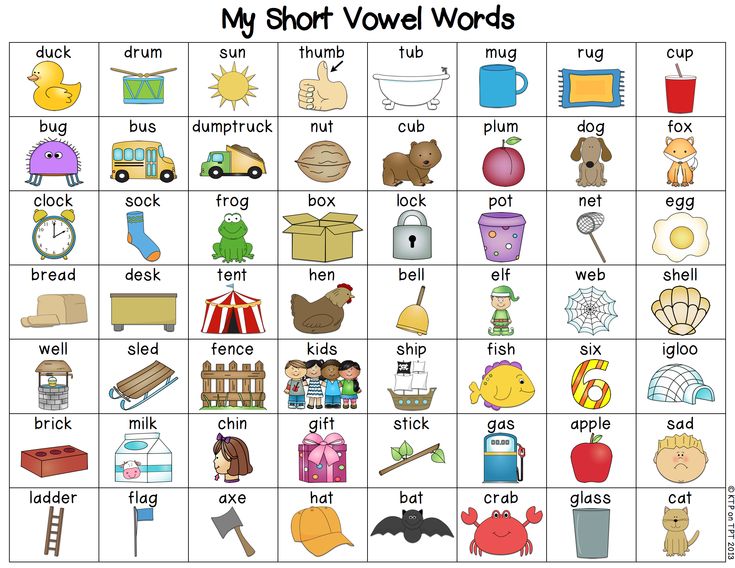 You can decide whether you’d like to read books in English from America, Australia or Great Britain – just as we have different accents, you might notice some differences in how we write and tell stories!
You can decide whether you’d like to read books in English from America, Australia or Great Britain – just as we have different accents, you might notice some differences in how we write and tell stories!
Try finding some books that are available in both your native language and English. Read them together in your native language first, then read them together in English! Look for the White Ravens tag as well – these are top quality books that have been approved by a panel of language specialists!
We enjoyed: The Hare of Inaba, a translation of a famous Japanese fairy tale in English, German, Italian and Spanish. The story is short and easy to read and comes with many beautiful Japanese paintings!
Suggested Age Range: 5-12 years
If you read books from a variety of English speaking countries, you may notice some differences in spelling, such as “mum” and “colour” in British books, but “mom” and “color” in American ones.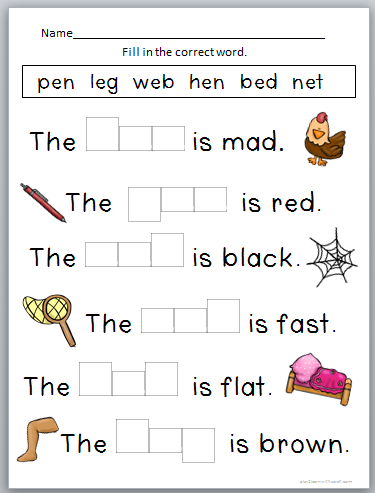 When learning the language, it’s important to choose one preferred variant of English. You should also encourage your child to understand the differences between British and American English.
When learning the language, it’s important to choose one preferred variant of English. You should also encourage your child to understand the differences between British and American English.
7. Project Gutenberg
Project Gutenberg is the world’s best resource for finding books for free online. Most of the books are older books, but there are still plenty of children’s books that can be read online or downloaded to read on your phone, tablet or kindle. Make sure to check the publication date of a book before using it because some of them are hundreds of years old and the English in them doesn’t look anything like modern English!
Project Gutenberg adds books to its library when they come into the public domain, so they add hundreds of new books every January 1st. It’s a particularly useful site for teenagers who are interested in history!
Try reading different versions of a famous story, like Cinderella or Goldilocks and the Three Bears, and see what new words you can learn from different books! Make sure to use the Bookshelves feature to make it easy to find the kind of books you’re looking for, such as “Children’s Picture Books”!
We enjoyed: The Blue Fairy Book is a very pretty e-book with nearly forty famous stories that are easy to read quickly!
Suggested age range: 5+ years
8.
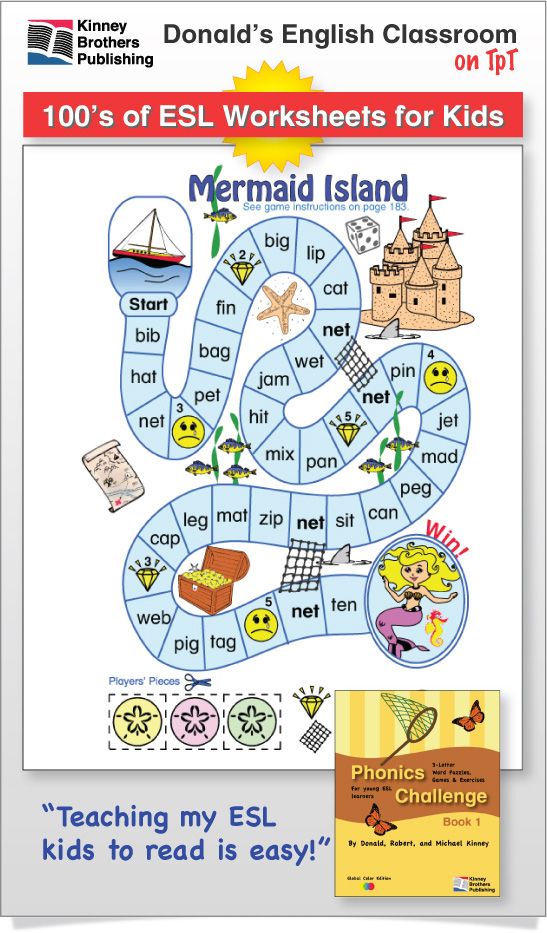 Breaking News English
Breaking News EnglishBreaking News English is a website that updates every day with news articles written in English at different fluency levels, ranked from 0 to 6. The articles written at levels 0-3 should be interesting to children, but the higher levels are excellent practise for teenagers and adults, too!
Each article comes with several activities attached, with different activities for each level. The goal of these tasks is to encourage children to think and talk about the news that they’ve just read and to help your child take an interest in what’s happening in the world!
When looking for articles, try picking a Theme that interests your child – e.g. the environment or technology. Older learners can look at articles focused around education and even business!
We enjoyed: Using the listening section to hear articles read aloud. You can listen to them at different speeds to make it easier or more challenging. You can also listen to them in either American or British English so you can get used to different accents!
You can also listen to them in either American or British English so you can get used to different accents!
Suggested Age Range: 6+ years
If a story doesn’t come with pictures, follow it up or take a break by encouraging your child to draw pictures for it! Drawing a story can demonstrate how well your child understands what they’re reading, and doing a drawing they’re proud of can help them remember the story and any new vocabulary in it. Then you can use the drawings when you want to read the story again! Creating comics with drawings and text is also a fun activity to try at home!
9. Storynory
Storynory is an excellent site with stories aimed at older children, teenagers, and even adults. Above the text of each story is an audio recording, so you can listen to it as you read. Hundreds of stories, poems and non-fiction books are accessible completely free!
Storynory also contains a sizeable library of poems, rhymes and music. Children have an easier time learning rhymes and songs because they have a rhythm.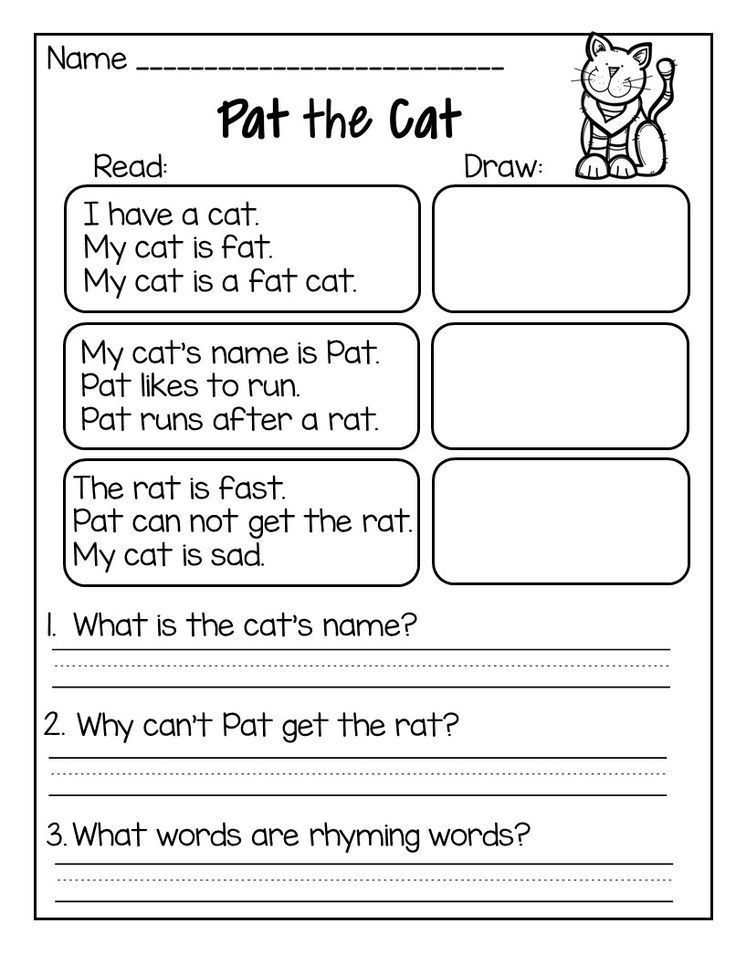 Practising some of the classics available on the site can really help your child remember new vocabulary too!
Practising some of the classics available on the site can really help your child remember new vocabulary too!
Try reading the comments that people have left under each story and decide if you agree or disagree. Once you’ve read a story, leave your own comment saying what you think of it! The Junior Stories section contains short stories for younger children, and while it’s not very big right now, the collection is growing fast!
We Enjoyed: The Histories of Herodotus have been written in easy English, so your child can learn some history in a fun and engaging way!
Suggested Age Range: 8+ years
10. Simple English Wikipedia
Wikipedia is one of the most useful sites on the internet for learning new things, but you can also use it to help your kids learn English! Simple English Wikipedia rewrites wikipedia articles to make them easier to read, which can be very useful when you’re learning English as a second language.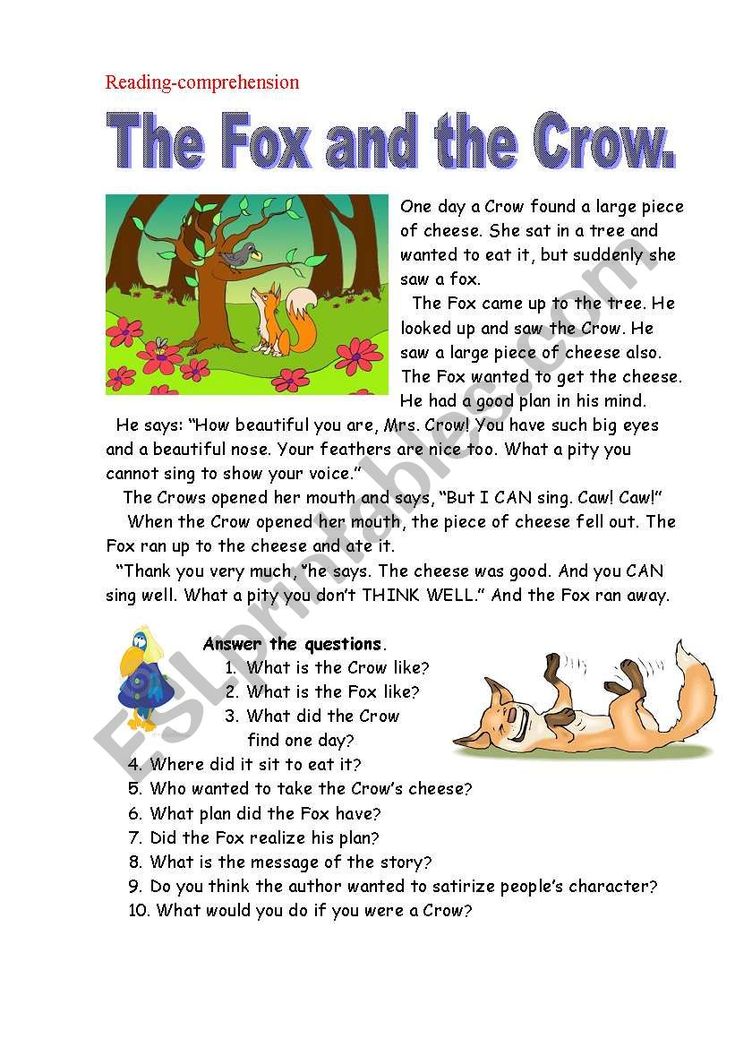
This website is not the best resource for absolute beginners. However, it can be very helpful for anybody with a couple of years’ experience reading in English who wants to expand their general knowledge and their reading ability.
Try reading about your own country or your child’s favourite movie and see if you can learn something new together! Alternatively, set your child a project to do on a particular subject and show them how to use wikipedia to research their topic online. This is a useful skill to learn.
We enjoyed: The page on Basic English includes a picture wordlist, which is a great resource for learning core English vocabulary and making your own flashcards at home!
Suggested age range: 10+ years
If you leave your child to do some reading alone and want to check up later how they did, don’t just quiz them on what happened in the story. Ask them who their favourite character is and why, or what they think of the story, and what they think is going to happen next! This can help you pick books your child will like in the future, and your child will be more engaged if they know you care what they think and feel about the story!
Want to improve your child’s English fast? We can help! Our British English teachers offer specialised 1-to-1 classes for kids that are educational and fun. We believe that a positive experience at an early age leads to a love of English and better fluency for life. Contact us today to book your free consultation and see how our online lessons can help your child succeed!
We believe that a positive experience at an early age leads to a love of English and better fluency for life. Contact us today to book your free consultation and see how our online lessons can help your child succeed!
Download: This blog post is available as a convenient and portable PDF that you can take anywhere. Click here to get a copy. (Download)
Charlotte J.
— ESL Tutor.
Read more
-
study
Difference Between: Too vs. Also
Too (tuː) and also (ɔːlsoʊ) are both adverbs that mean ‘in addition’. The difference is their position in the sentence. Adding extra information – e.g. Jamie bought some milk. He bought some bread too. Or Jamie bought some milk. He also bought some bread. Adding emphasis – e.g. Emma can play the guitar. She can play the piano too. Or Emma can play the guitar.
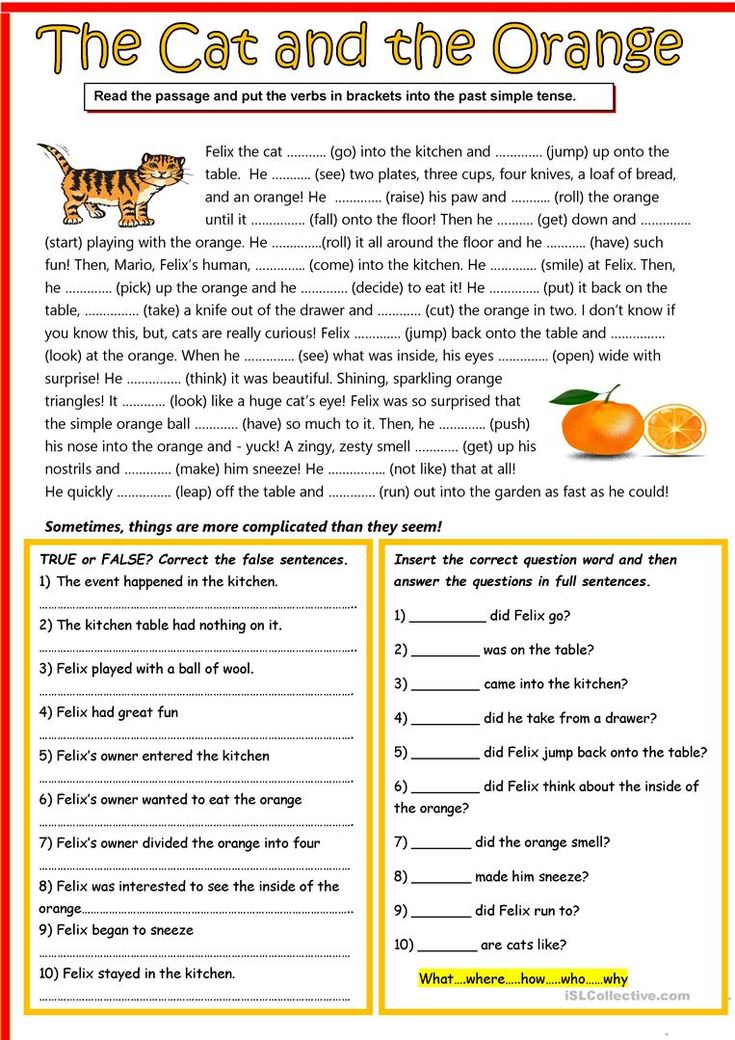 She can also play the piano. Continue reading →
She can also play the piano. Continue reading → -
study
Difference Between: Which vs. That
Which and that refer to a subject we have already introduced. That provides essential information, specifying what makes the subject unique. Which adds non-essential detail. If we remove this, the sentence still makes sense. E.g. The cat that lives next door loves eating fish, which is a rare treat. Continue reading →
-
study
Difference Between: Further vs. Farther
Further (fɜːʳðəʳ) and Farther (fɑːðəʳ) are both adverbs (words that describe actions) and adjectives (words that describe things). They are also the comparative form of far, which means ‘to be at a distance’. As a result, further and farther mean: ‘to a greater distance or degree’ – e.g. The hikers were so tired, they couldn’t walk any farther or James decided that if he had further problems with the car, he would sell it.
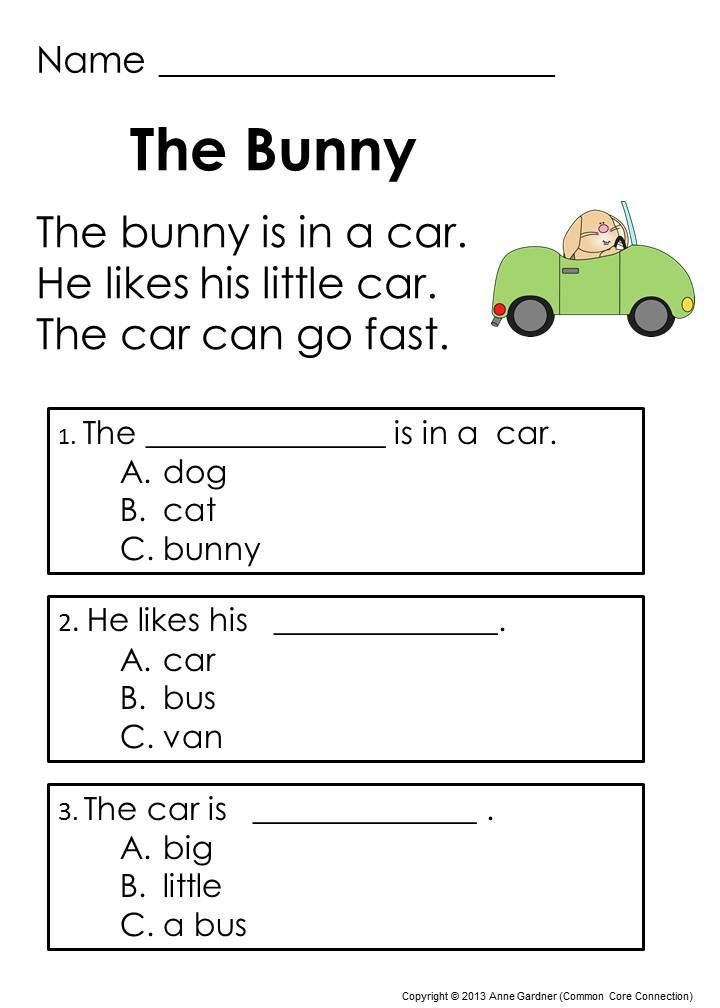 Continue reading →
Continue reading → -
study
Difference Between: Lead vs. Led
Lead (liːd) and led (led) are different forms of the same verb. The base meaning is ‘to control or guide a situation to reach a destination or objective’ – e.g. I lead a yoga group on Wednesdays. Led has the same meaning as lead, but is used to talk about the past – e.g. I led a yoga class last week. Continue reading →
10 Easy, Enjoyable Children’s Books That English Learners Will Love
By josephzapinski Last updated:
Children seem to have fun doing just about anything… even reading!
But they probably love books so much because children’s books are simply so entertaining (fun) to read.
Lucky for you, children’s books are also perfect for English learners.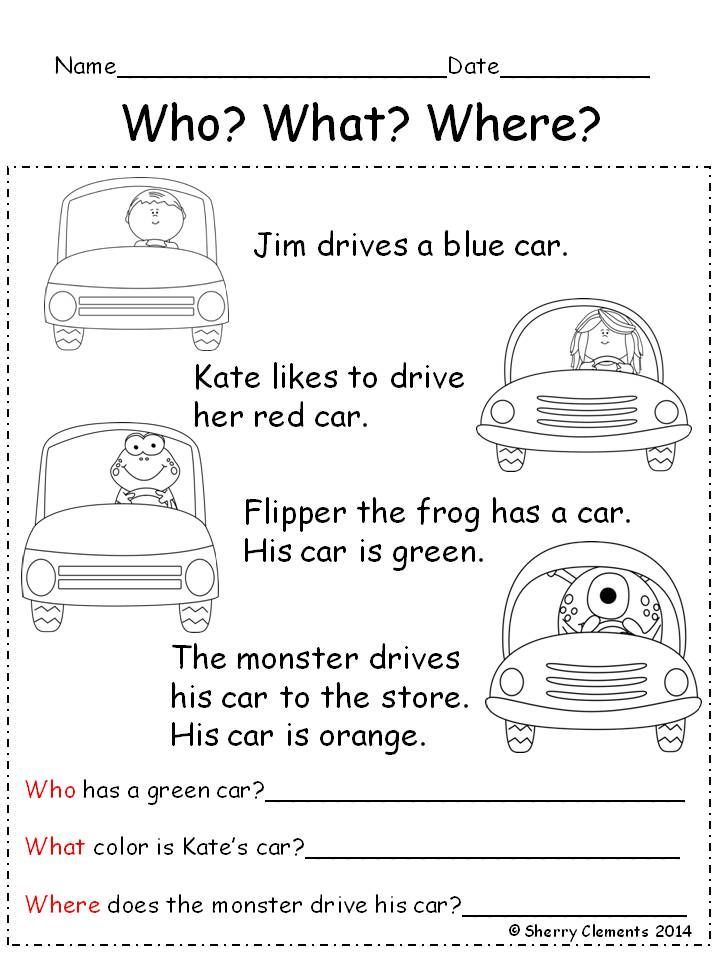
And that’s why we have put together a list of 10 classic children’s books for you.
Contents
- Why Learn English with Children’s Books?
- 10 Classic Children’s Books for English Learners
-
- 1. “Goodnight Moon” by Margaret Wise Brown
- 2. “The Very Hungry Caterpillar” by Eric Carle
- 3. “If You Give a Moose a Muffin” by Laura Numeroff
- 4. “Curious George” by H.A. Rey and Margret Rey
- 5. “The Giving Tree” by Shel Silverstein
- 6. “Corduroy” by Don Freeman
- 7. “Where the Wild Things Are” by Maurice Sendak
- 8. “The Story of Ferdinand” by Munro Leaf
- 9. “Green Eggs and Ham” by Dr. Seuss
- 10. “The Cat in the Hat” by Dr. Seuss
Download: This blog post is available as a convenient and portable PDF that you can take anywhere. Click here to get a copy. (Download)
Why Learn English with Children’s Books?
- Memorable images.
 Many children’s books use pictures to illustrate what is written. They do this so that kids can understand the story better. These illustrations (pictures) can be a huge help to you when learning English. By associating (connecting in your mind) a new vocabulary word or phrase with a picture or an object, it is much easier to remember.
Many children’s books use pictures to illustrate what is written. They do this so that kids can understand the story better. These illustrations (pictures) can be a huge help to you when learning English. By associating (connecting in your mind) a new vocabulary word or phrase with a picture or an object, it is much easier to remember.
- Words in context. Similarly, words used in a real situation (in context) are also much easier to remember. Since the language in these books is quite simple, it is easy to know what is going on. Therefore, when you come across a word that you don’t know, you can often use the story’s situation and images to understand the word’s meaning (without using a dictionary).
- Simple vocabulary and grammar. Even though I will say below that some of the books have “advanced” vocabulary, they really are not too difficult. They are just harder than the very basic words that are most common in children’s books.
 For example, you might already know the word “smart,” but one of these books might say “clever.” It has almost the same meaning, but it is a higher level vocabulary word.
For example, you might already know the word “smart,” but one of these books might say “clever.” It has almost the same meaning, but it is a higher level vocabulary word.
- Great life lessons. Most children’s books teach children how to grow up and be a good person. However, even as teenagers and adults, these lessons are still true and important. Children might not fully understand or appreciate (value) the meaning behind the stories. However, as adults, these stories can have new meanings to us.
- Reading them is fun! The stories are enjoyable and the pictures help you make sense of the words (besides being nice to look at).
English learners can get frustrated when they choose books that go above their English reading levels. By focusing on children’s books first, you should have a very positive and successful learning experience.
If you enjoy this type of entertaining language learning, you can get a similar experience with FluentU.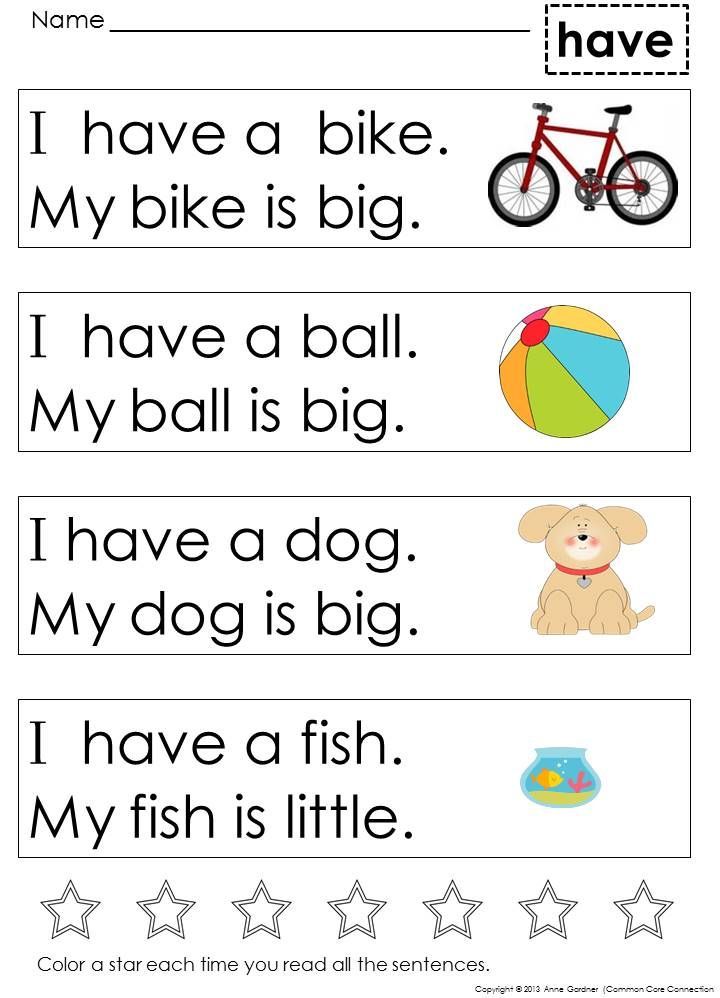 FluentU offers authentic English videos, like movie trailers, music videos, inspiring talks and more, that’ve been transformed into a language learning experience.
FluentU offers authentic English videos, like movie trailers, music videos, inspiring talks and more, that’ve been transformed into a language learning experience.
Each video comes with interactive captions, so you can instantly get definitions for any unfamiliar words. There are also flashcards and exercises to help you remember them. So when you’re taking a break from one of the great books below, check out the FluentU free trial to keep learning while having fun!
10 Classic Children’s Books for English Learners
These books are ordered from easiest to more difficult.
1. “Goodnight Moon” by Margaret Wise Brown
“Goodnight Moon” doesn’t really have much of a story. The book is just a description of certain things like kittens, a mouse and a quiet old lady. There are also mittens, a toy house and even a cow. The author introduces everything in the beginning and then says goodnight each of them at the end.
“Goodnight Moon” uses repetition of the same sentence structures with different vocabulary, which is great for English learners.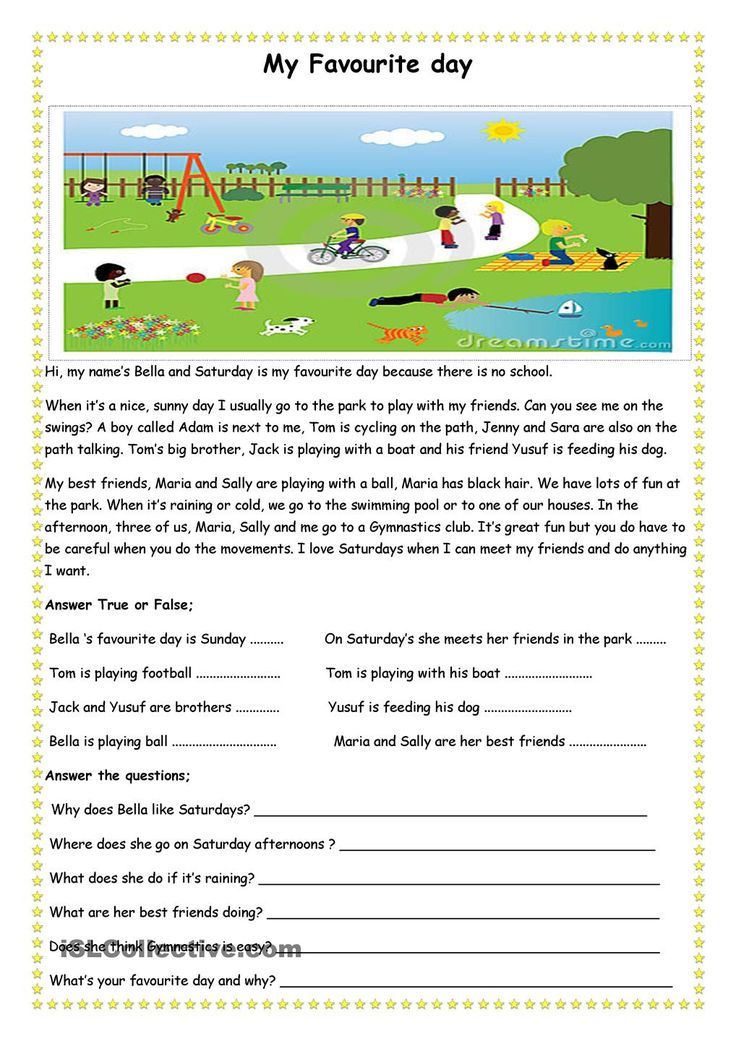 For example, one line in the book reads, “Goodnight room. Goodnight moon. Goodnight cow jumping over the moon.” This is really helpful for learning a lot of new words.
For example, one line in the book reads, “Goodnight room. Goodnight moon. Goodnight cow jumping over the moon.” This is really helpful for learning a lot of new words.
Most of the story is made of short two- and three-word sentences, which is why I have listed it as the easiest book here.
2. “The Very Hungry Caterpillar” by Eric Carle
“The Very Hungry Caterpillar” is about a caterpillar who eats more and more food during a week. The book starts with a little caterpillar who comes out of its egg and starts searching for food. He does this every day.
In the beginning, the caterpillar eats healthily, such as fruit and vegetables. Later, the caterpillar begins to eat junk food more and more, until its stomach hurts. Because of this, the caterpillar decides to eat something good again and it feels better. In the end, the caterpillar wraps up into a cocoon and soon becomes a butterfly.
This children’s book is great for learning essential English words, such as numbers, foods and days of the week.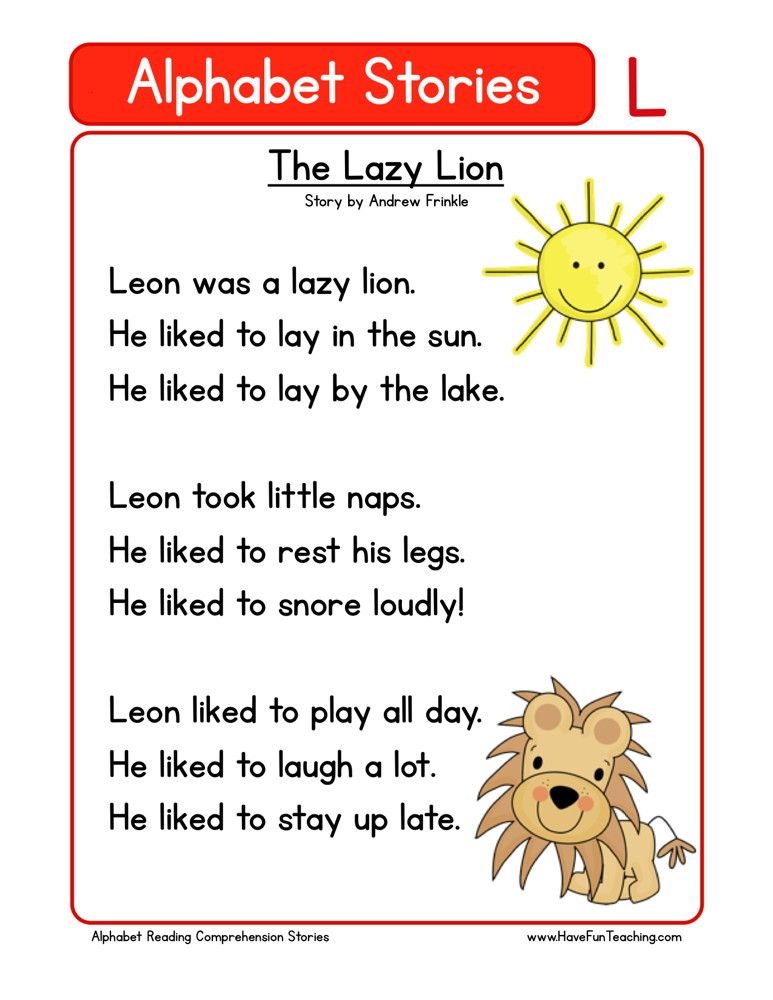 Once again, repetition is very important for improving your English, and this book has lots of great repetition.
Once again, repetition is very important for improving your English, and this book has lots of great repetition.
3. “If You Give a Moose a Muffin” by Laura Numeroff
“If You Give a Moose a Muffin” is about a moose who always wants something more in his life. First, he wants a muffin. Then he wants some jam to go with it. When he’s finished eating, he wants some more until they’re all gone. Then, he asks you to make more, and more…
This book is one of the shortest on the list, and its language uses a lot of future tense. This means most of the sentences have the verb “will” in them. For example, “If you give a moose a muffin he’ll want some jam to go with it.” This book is especially helpful for learning future tense and its contractions (he’ll, you’ll, etc.).
If you like this book, you’ll probably also like “If You Give a Mouse a Cookie,” written by the same author.
4. “Curious George” by H.A. Rey and Margret Rey
“Curious George” is very famous series about a monkey named Curious George.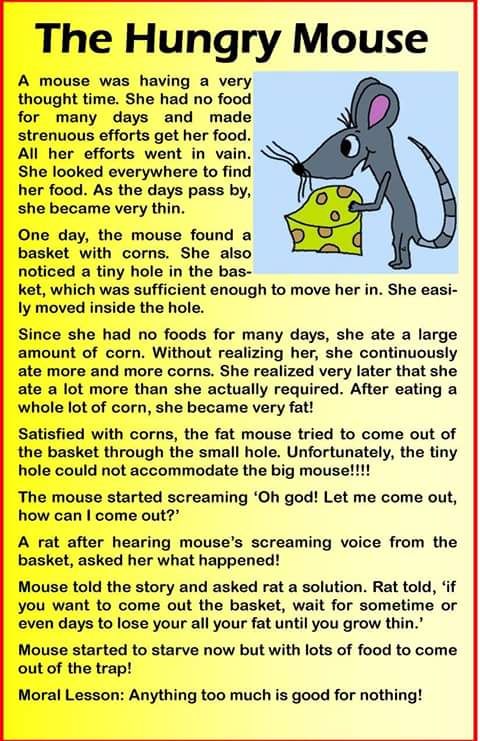 The word “curious” means to be interested in knowing more about something. Curious George is a little too curious, which causes humans to catch him and bring him to their big city.
The word “curious” means to be interested in knowing more about something. Curious George is a little too curious, which causes humans to catch him and bring him to their big city.
There, the monkey creates all sorts of problems. He calls the fire department, ends up in prison (jail), escapes from prison, is carried into the sky by balloons and eventually, he arrives safely in the zoo.
This book uses a lot of short, simple sentences, which makes it very easy to read for English learners. For example, “One day George saw a man. He had on a large yellow straw hat. The man saw George too.” As you can tell, the sentences are very short and choppy, which is what makes “Curious George” a great read for both children and English learners.
5. “The Giving Tree” by Shel Silverstein
In this story, a boy loves to play in an apple tree, and the apple tree loves when the boy plays with her. The boy gets older, though, and doesn’t play in the tree anymore. Later in life, he comes back to the tree to ask her for help in life.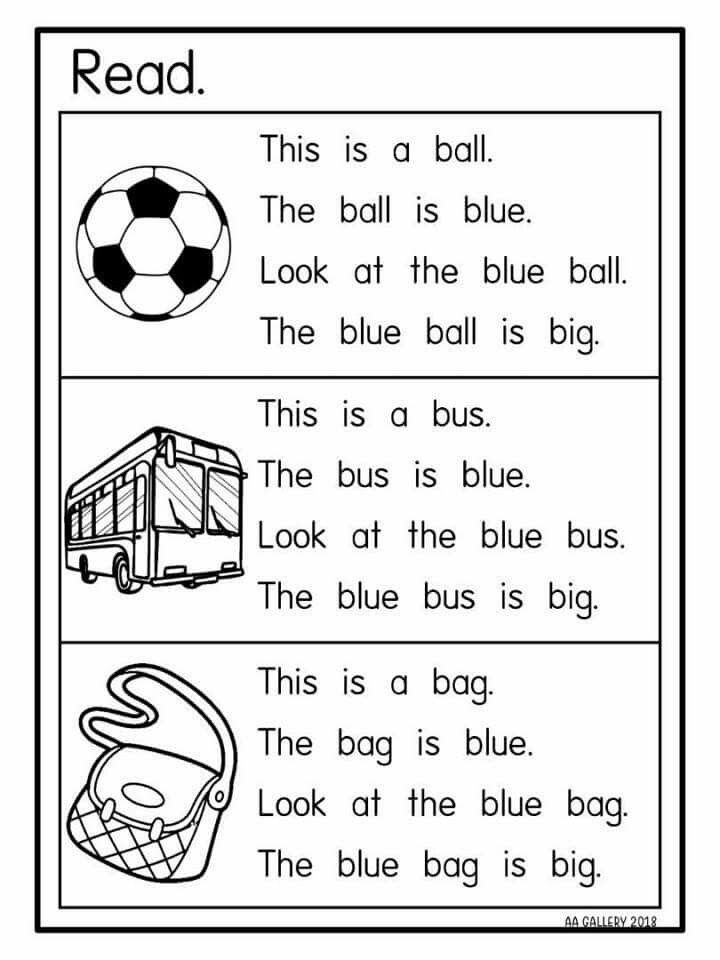 The tree helps the boy because she loves him. In the end, the boy comes back to the tree one final time as an old man, and uses the tree’s stump (the short part that’s left after a tree is cut down) to sit, making the tree happy.
The tree helps the boy because she loves him. In the end, the boy comes back to the tree one final time as an old man, and uses the tree’s stump (the short part that’s left after a tree is cut down) to sit, making the tree happy.
This book has such a deep meaning, and it is fun to read at the same time. This book uses its simple words to create one clear idea, making it an easy read.
6. “Corduroy” by Don Freeman
“Corduroy” is the story of a little bear who is for sale in a toy shop. He has lost one of his buttons, so no one wants to buy him. This makes him very sad because he wants to be taken home by a child. Corduroy decides he needs to find a new button if someone is going to buy him.
So one night, he leaves the toy shop and goes out into the big store to find a button for himself. Unfortunately he wasn’t able to find a button, but you’ll have to read the story to see what happens next.
“Corduroy” uses a lot of advanced vocabulary, such as “overalls” (the item of clothing in these pictures) and “escalator” (stairs that move). Therefore, it could be helpful to use a dictionary while you read this book. You can also learn many house-related words, like “sofa” and “furniture.”
Therefore, it could be helpful to use a dictionary while you read this book. You can also learn many house-related words, like “sofa” and “furniture.”
7. “Where the Wild Things Are” by Maurice Sendak
“Where the Wild Things Are” is about a boy named Max who misbehaves in front of his parents. His mother sends him to his room without eating dinner. While in his room, a forest magically grows and Max meets huge monsters called Wild Things. The Wild Things try to scare him, but Max tames the them with a magic trick.
The Wild Things become scared of Max, so they call him the most wild thing of all. Eventually, Max says he must go home and he returns to his room on his private boat. When Max finally gets home again, his mother has left dinner for him, still hot.
This is one of the most classic children’s books in English literature, and is also one of the most well known. In fact, it was made into a very popular movie. Despite being a children’s book, “Where the Wild Things Are” uses some advanced vocabulary, so it is great for learning higher level words and grammar.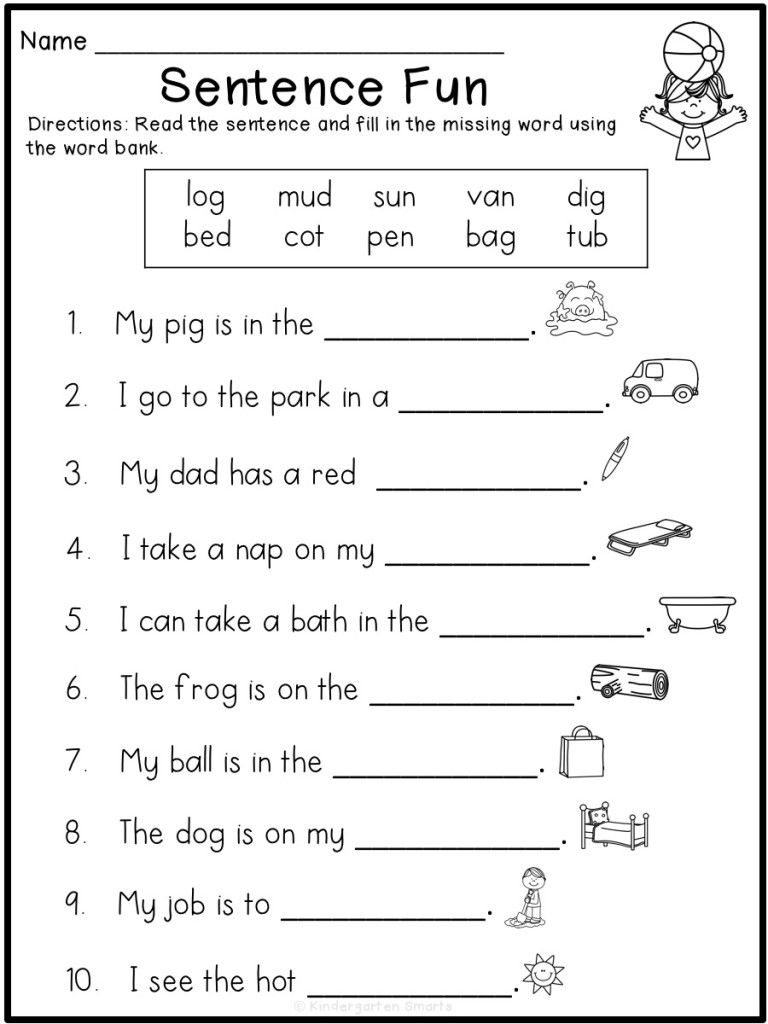
8. “The Story of Ferdinand” by Munro Leaf
Ever since he was a kid, Ferdinand, a bull (a male cow), loved to smell the flowers in the pasture (area of grass) where he lives. But the other bulls liked to play and butt heads. When Ferdinand grows up, he becomes the biggest and the strongest of the bulls—but he still likes to sit and smell the flowers.
One day five men come to pick a bull from the pasture for the bull fights. Ferdinand does not want to be chosen, but a bee stings him. The bee sting causes Ferdinand to jump around crazily, so the five men pick Ferdinand for the bull fights. In Ferdinand’s first fight, he lies down to smell the flowers in the arena (the place where they have the fights) instead of fighting. Because of this he is sent back to the pasture.
This is the first story on this list that has more normal language and flow instead of using poetry, rhyming or lacking a real story. It has everything that makes a children’s book great for English learners: simple and advanced vocabulary, as well as simple and advanced grammar concepts.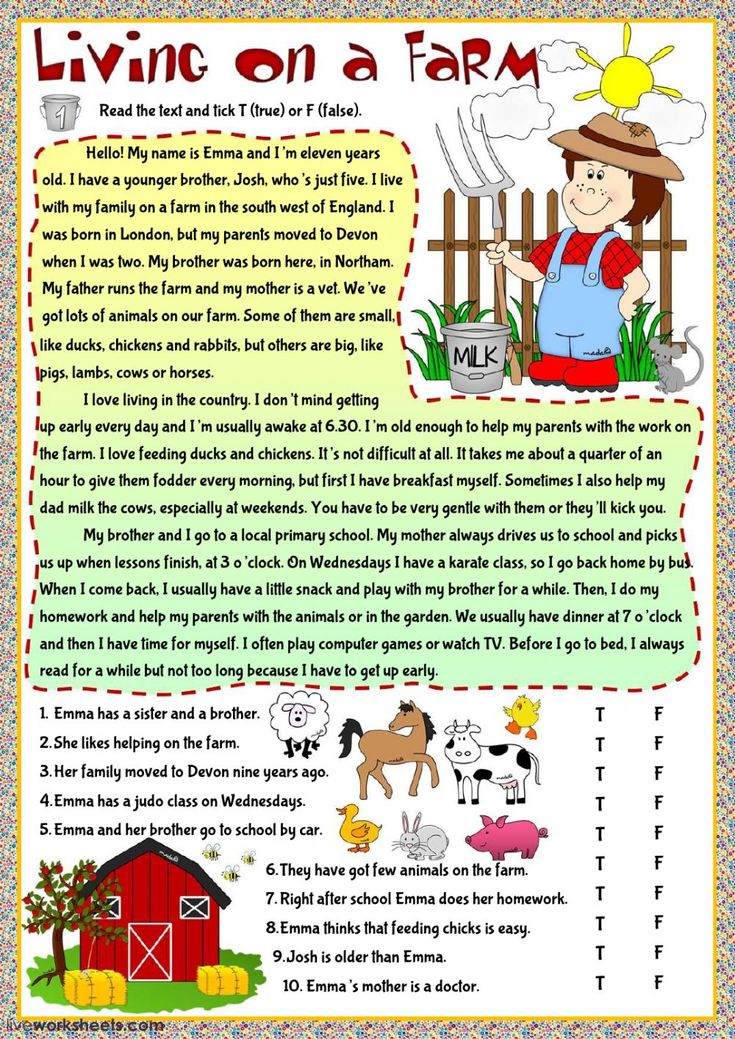
9. “Green Eggs and Ham” by Dr. Seuss
In this book, a cat named Sam really likes green eggs and ham. So he offers it to a friend, but the friends does not want to eat green eggs and ham.
They go on a train, inside a tunnel and even in the lake, but Sam’s friend still does not want to eat green eggs and ham. After Sam asks his friend many times, his friend finally tries the green eggs and ham. You’ll have to read the book to see if he liked the meal or not.
This book is a long and very entertaining poem. It uses repetition like “The Very Hungry Caterpillar” does. Despite having mostly simple vocabulary, the words are used in a way that feels smart. There is a lot of rhyming and use of similar words, which is what makes this book so clever and fun to read.
10. “The Cat in the Hat” by Dr. Seuss
Written by the same author as “Green Eggs and Ham,” this famous book begins with two siblings. They have to stay inside one day because it is cold and rainy outside.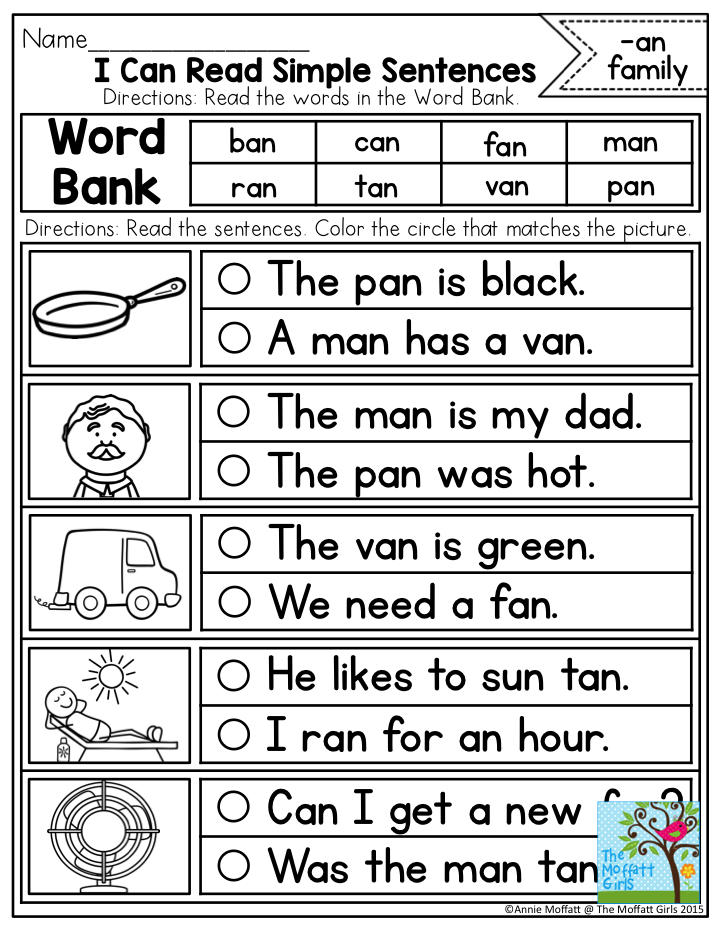 They don’t know what to do to have fun, and their parents are not home.
They don’t know what to do to have fun, and their parents are not home.
Suddenly, a cat in a hat knocks on their door and invites himself in. The cat makes a mess while having fun and playing around. The cat leaves and returns with Thing 1 and Thing 2 inside, making a bigger mess. Will the siblings be able to clean up before their parents return? You will have to read the book to find out.
“The Cat in the Hat” is the longest of the children’s books on this list, but it is one of the best ones. The Cat in the Hat character is one of Dr. Seuss’s most popular stories. This book is excellent for English learners because of the simple language and diverse vocabulary. I recommend this book for people who want a larger knowledge of English vocabulary in particular. For example, a couple of fun words used in this story include “thump” and “bump.”
There are so many great ways to learn from children’s books as you improve your English.
But don’t forget to also work on your other skills besides reading! The good thing is that even with one book, you can work on different skills at the same time.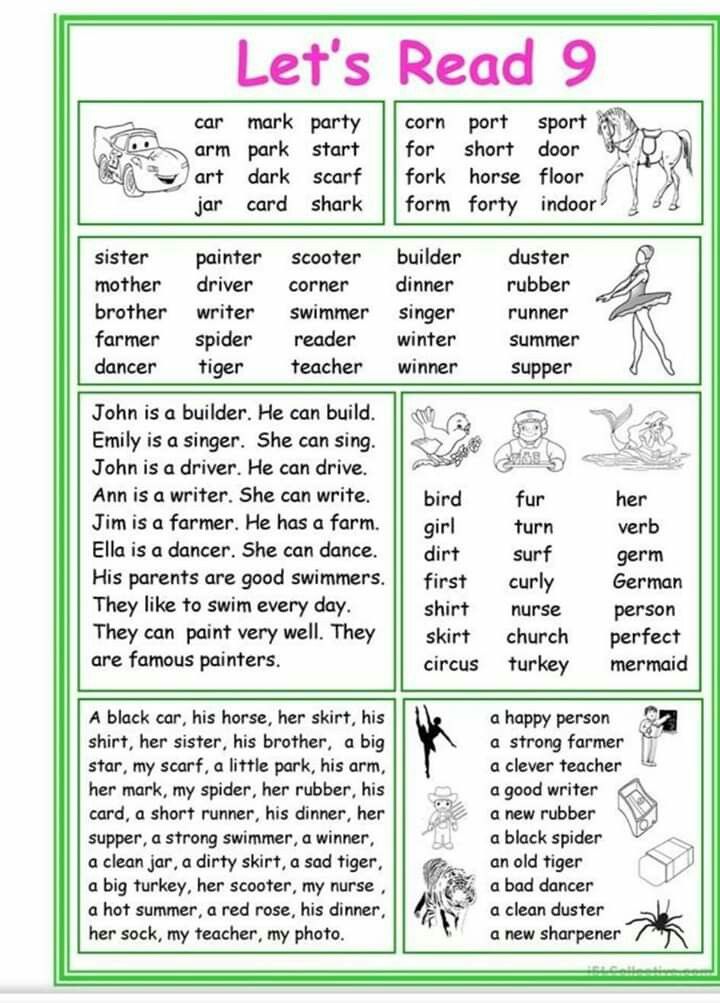 For example, you can read aloud to practice your English speaking.
For example, you can read aloud to practice your English speaking.
Whatever the format, children’s stories are great because they have important life lessons, memorable scenes, useful context for remembering new words, and simple vocabulary and grammar.
The next time you aren’t sure what to do to improve your English, try out children’s stories!
Download: This blog post is available as a convenient and portable PDF that you can take anywhere. Click here to get a copy. (Download)
josephzapinski
My name is Joseph Zapinski and I love languages, especially speaking them. I started my language learning journey with Spanish and it quickly evolved into French and Polish. I am also an aspiring writer and have been writing for as long as I can remember. These two things are my passions and I hope to always be doing them.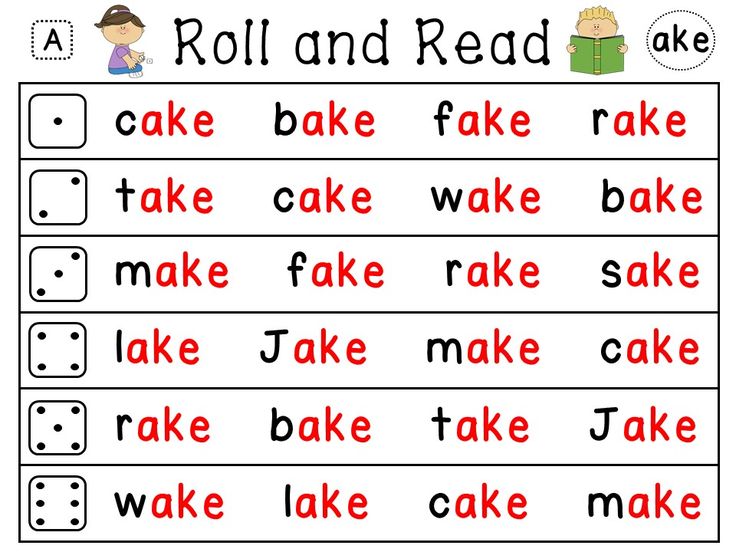
« Waiter, Chef, Busser and More: 6 Restaurant Staff Positions and Which English Skills You’ll Need for Them
4 Ways That ESL Students Can Fully Prepare for the GRE »
English from scratch. Learning to read
What is the first thing a child is taught when he comes to school? Of course, the alphabet, and then reading and writing. Any teaching of a foreign language begins with the same. Is it possible to speak English without mastering the literacy? Yes, if you completely immerse yourself in the language environment. But even under such ideal conditions as living in an English-speaking country, you will still feel like a child in the company of adults. Without a decent knowledge of English, it is not easy not only to live in an English-speaking country, but also to travel the world. Even the airport is much easier to navigate for those who know how to read English.
So, it is clear that in order to master the language, you will definitely need to learn how to read.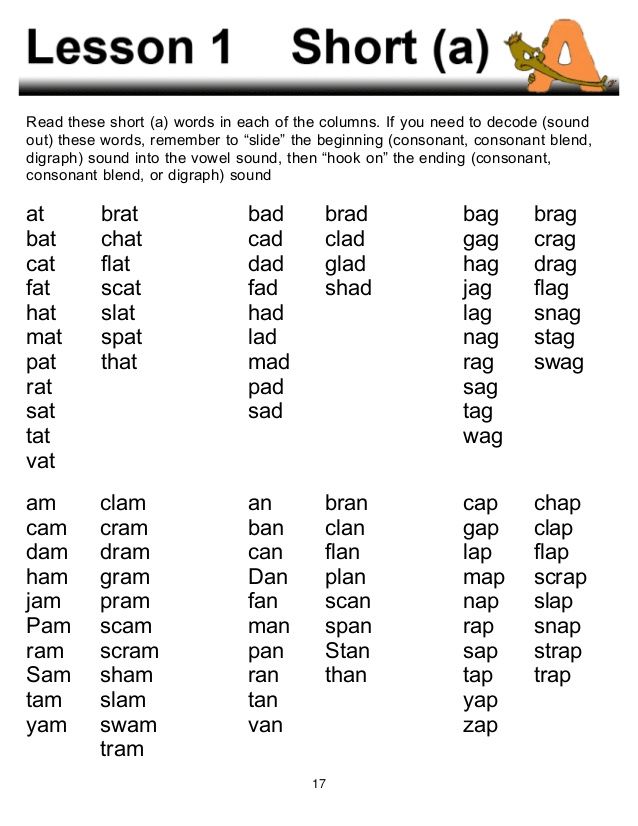 Any foreign course is built in such a way that in the first lessons you learn the alphabet and pronunciation. At the initial stages, of course, you will need to make an effort to remember how certain letters and letter combinations are read. But having mastered English literacy in the first lessons, you can easily voice any text, even filled with unfamiliar words.
Any foreign course is built in such a way that in the first lessons you learn the alphabet and pronunciation. At the initial stages, of course, you will need to make an effort to remember how certain letters and letter combinations are read. But having mastered English literacy in the first lessons, you can easily voice any text, even filled with unfamiliar words.
How to learn to read English correctly. Some Tips
There are many ways to learn to read English. Someone resorts to the help of transcription. Others write down the pronunciation of English words using Russian letters. There are people who like to read aloud a lot. And someone focuses on audio files. In fact, all methods are good in their own way. When learning to read, it is not enough to learn letters, diphthongs and remember all the rules. In this matter, constant practice is important. Here are some tips to help you develop your English reading skills:
- Learn to listen to English.
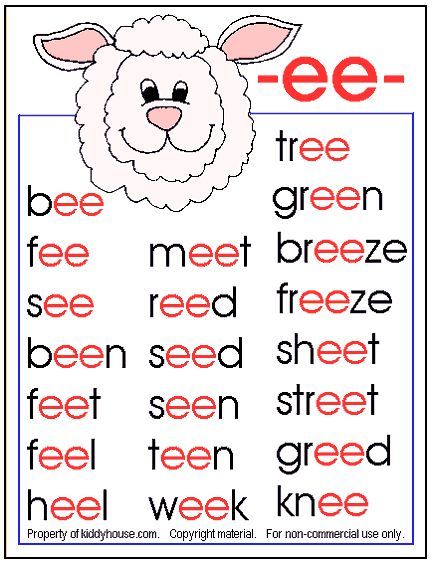 Oddly enough, but the ability to hear what the British and Americans say directly affects our ability to read. At the initial stage, adapted books are very useful, provided with discs with audio recordings of the texts themselves. Having before your eyes the text that the announcer reads, you learn to read correctly on a subconscious level.
Oddly enough, but the ability to hear what the British and Americans say directly affects our ability to read. At the initial stage, adapted books are very useful, provided with discs with audio recordings of the texts themselves. Having before your eyes the text that the announcer reads, you learn to read correctly on a subconscious level. - Try to read every day. Make it a rule to read English books for at least 20-30 minutes every day. Choose books according to your level of language proficiency. At the initial stage, you can read fairy tales and short stories. And in order to develop spoken language skills, it is also useful to occasionally look at English-language periodicals and blogs.
- Get used to writing in English. As you know, reading and writing are directly related. One follows from the other. If a person reads English at a decent level, then he will most likely state his thoughts on paper very competently. Getting to know native speakers is one of the most affordable and effective ways to improve your reading and writing skills.
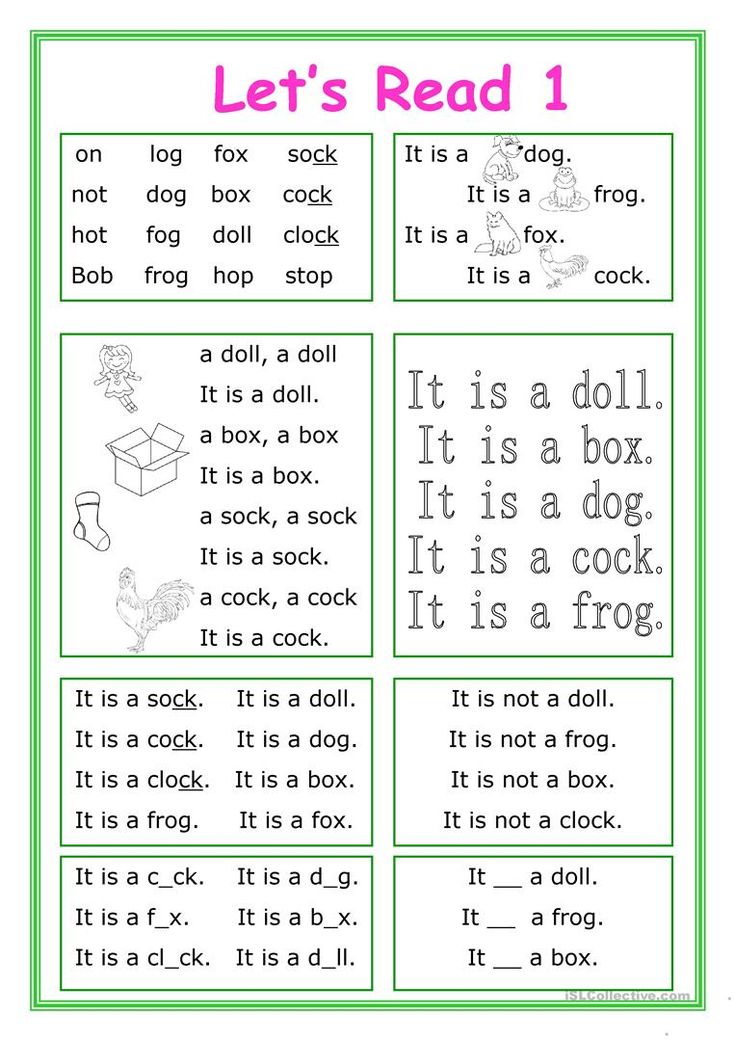 Communication in modern society is often based on correspondence in chats and social networks. Therefore, having met a native speaker, you yourself will not notice how correspondence in English will become part of everyday life. Introverts can be advised to keep a diary, which will be filled with entries in English.
Communication in modern society is often based on correspondence in chats and social networks. Therefore, having met a native speaker, you yourself will not notice how correspondence in English will become part of everyday life. Introverts can be advised to keep a diary, which will be filled with entries in English. - Learn English tongue twisters and poems. For example: Whether the weather be fine, or whether the weather be not. Whether the weather be cold, or whether the weather be hot. We'll weather the weather whether we like it or not Tongue twisters help to work out the pronunciation of complex sounds. Poems enrich vocabulary.
- Practice pronunciation. Spend time practicing those sounds that are unusual for Russian speakers. For example, the combination th is not given to every student the first time. And, of course, the easiest way to learn the correct pronunciation is to listen to the dialogues and monologues of native speakers. Modern TV series with English subtitles help to deliver the correct speech.
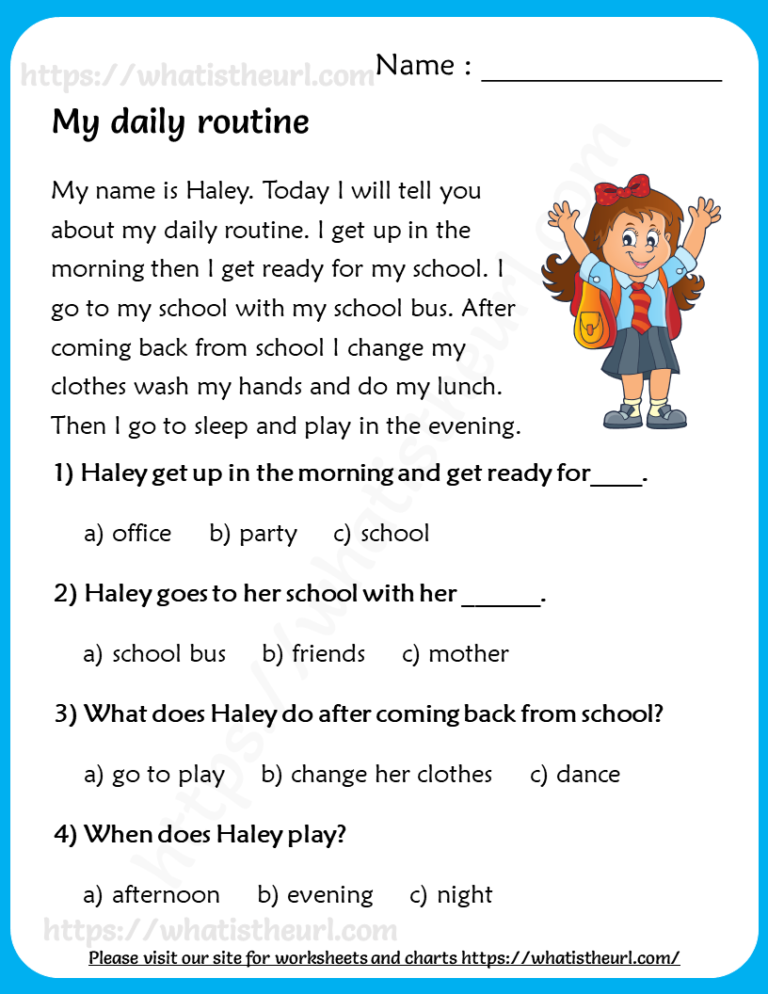
Reading in English . Alphabet
Suppose you want to learn to read English from scratch. In this case, you will have to start from the very beginning, that is, from the alphabet, consisting of 26 letters.
English alphabet (alphabet)
English has 20 consonants and 6 vowels. Vowels include letters: A, E, I, O, U, Y.
In order to learn the alphabet faster, you can turn to children's songs. Bright cards with letters also help a lot.
There are a few letters in the English language that "behave" differently from the rest. So, almost all consonants in English make one sound. But X is an exception. This letter conveys two sounds at once [ks]. It is also worth paying attention to the last character in the English alphabet. The pronunciation of Z depends on whether we are dealing with the British or American version of the language. In the first case, the letter is read as [zed], in the second - as [zi:].
The pronunciation of the letter R is also very different between the Americans and the British. In the UK, this is a long sound a [a:]. In the American alphabet - ar [a: r].
Transcription
Reading English will be much easier if you learn the transcription, which is a system of signs used to record sounds. Since this or that letter may sound differently depending on what signs surround it, it can be difficult for a foreigner to read some words correctly without transcription. However, recently many students refuse to memorize the symbols of English phonetics. Indeed, thanks to the Internet, today you can easily listen to how the right word is read.
How to read consonants
It's easy enough to remember how to read consonants in English. The fact is that you can easily find analogues in Russian for many consonant sounds. For example, the English Mm is, in fact, the familiar M [um]. And in the word lemon, the pronunciation of the consonant L is similar to the Russian L.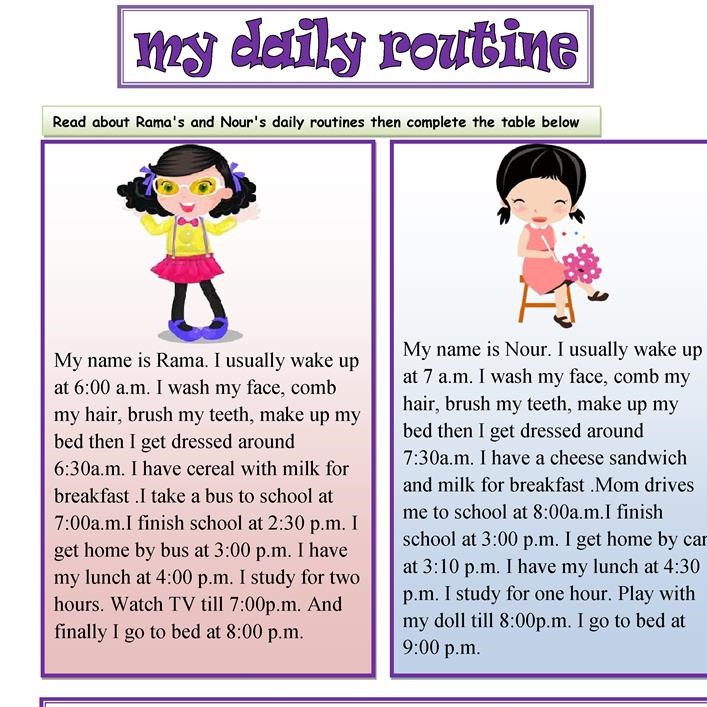 Also, analogues in our language can be found with the consonants N, B, F, Z.
Also, analogues in our language can be found with the consonants N, B, F, Z.
The pronunciation of the letter C depends on what characters it is adjacent to. If C is followed by the vowels I, E, Y, then it will be read as [s]. For example, in the word cinema (cinema). Before other vowels, C reads like [k]: come (come), camel (camel), cake (cake).
The consonants T and D in English are very similar to Russian T and D, only they are most often pronounced with a breath. But the letter Q will always be accompanied by a vowel U. The letter combination Qu is pronounced as [kw]. For example, in the word queen (queen). The consonant G before the vowels I, E, Y will be read as [j] - [dʒ]. For example, orange (orange), badge (icon). Before all other letters, G is pronounced like [g]: game (game), gale (storm).
Another letter unusual for the Russian language is Jj, which is always pronounced as [dʒ]. This consonant is very common in the names of representatives of English-speaking countries: Jack (Jack), James (James), Jane (Jane).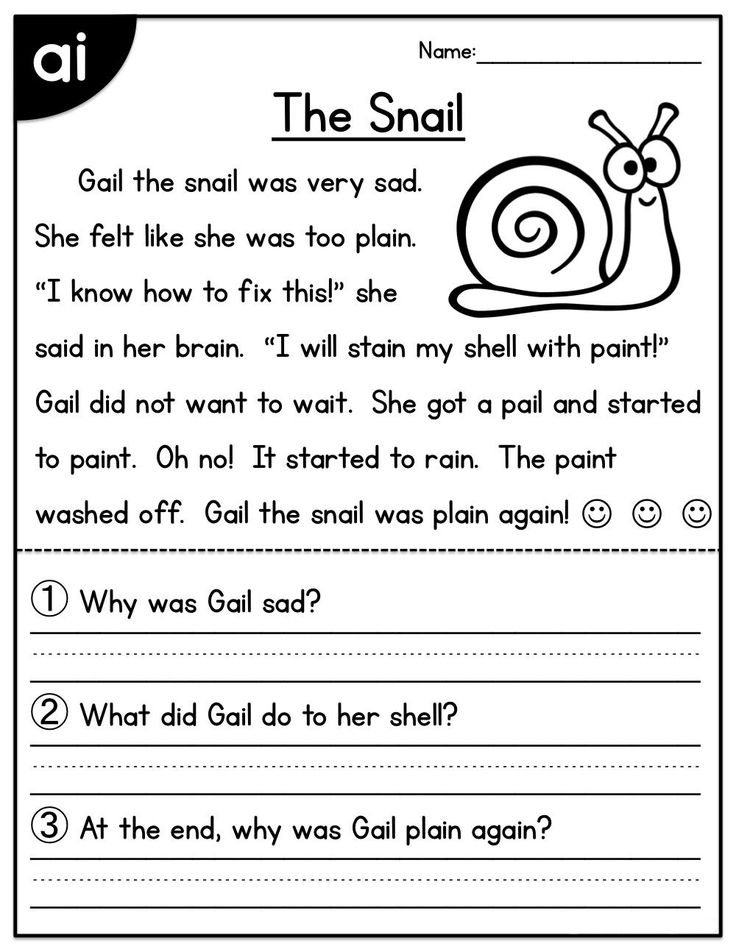
Below we provide a list of all English consonants with transcription:
Bb - [b]
Cc - [s] or [k]
Dd - [d]
Ff - [f]
Gg - [dʒ] or [g]
Hh - [h]
Jj-[dʒ]
Kk - [k]
Ll - [l]
mm - [m]
Nn-[n]
Pp - [p]
Qq - [kw]
Rr - [r]
Ss - [s] or [z]
Tt - [t]
Vv - [v]
Ww - [w]
Xx - [ks] or [gz]
Zz - [z]
Vowels
Reading in English for beginners is usually complicated not by consonants, which are often read the same way as they sound in the alphabet, but by vowels. There are only 6 vowels in English, but the problem is that each of them, depending on the position in the word, can have several reading options. Much is determined by whether the letter is in stressed or unstressed position. For stressed vowels, there are 4 types of syllable in English:
- An open syllable is a syllable ending in a vowel or a consonant (except R) followed by a silent E.
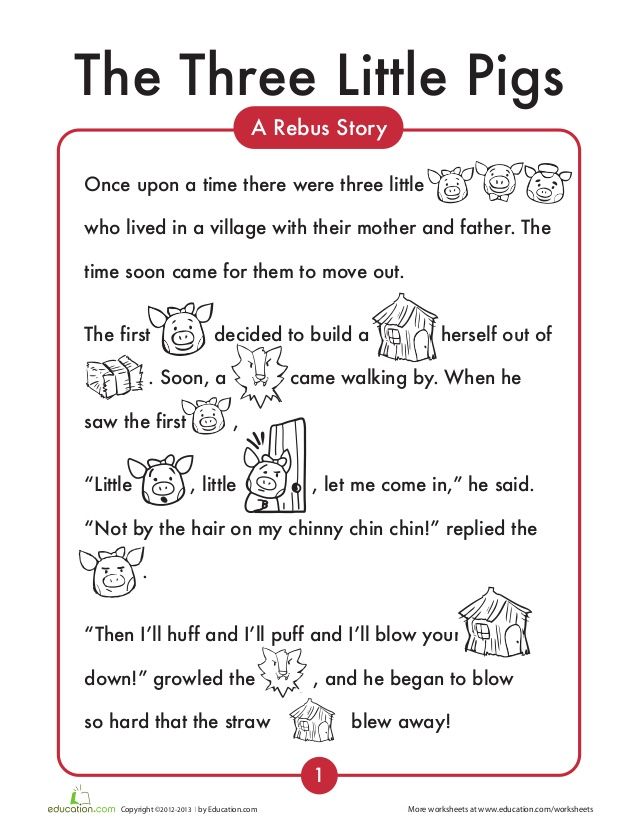 A stressed vowel in an open syllable is pronounced as it is pronounced in the alphabet. For example, plane (plane), placement (room), he (he).
A stressed vowel in an open syllable is pronounced as it is pronounced in the alphabet. For example, plane (plane), placement (room), he (he). - A closed syllable is a syllable that ends in one consonant (excluding r) or several consonants. The stressed vowel in such a syllable is transmitted in a short and clear sound. The vowel A is pronounced as the middle between e and a [æ]. For example, cat (cat). The letter O in stressed position in a closed syllable sounds like [ɒ] in the word dog (dog), E - like [e] (for example, ten - ten). Vowels Y and I in a closed syllable are pronounced as [i] (little - small, myth - myth). Finally, the stressed letter U will resemble a somewhat slurred short sound and [ʌ] (cut - cut).
- If a stressed vowel is followed by the consonant R alone or in combination with other consonants, then the vowels will be read as follows:
- a [ɑː] - long Russian sound a - park (park)
- o [ɔː] - lingering long Russian sound o - sport (sport)
- e [ɜː] - resembles the Russian sound ё in the word "honey" - fern (fern)
- y [ɜː] - byrd (bird)
- i [ɜː] - first (first)
- u [ɜː] - burn (burn)
- If a stressed vowel is followed by a consonant R in combination with any vowel, then the syllables are divided into diphthongs or triphthongs (complex sounds consisting of two or three letters pronounced as one).
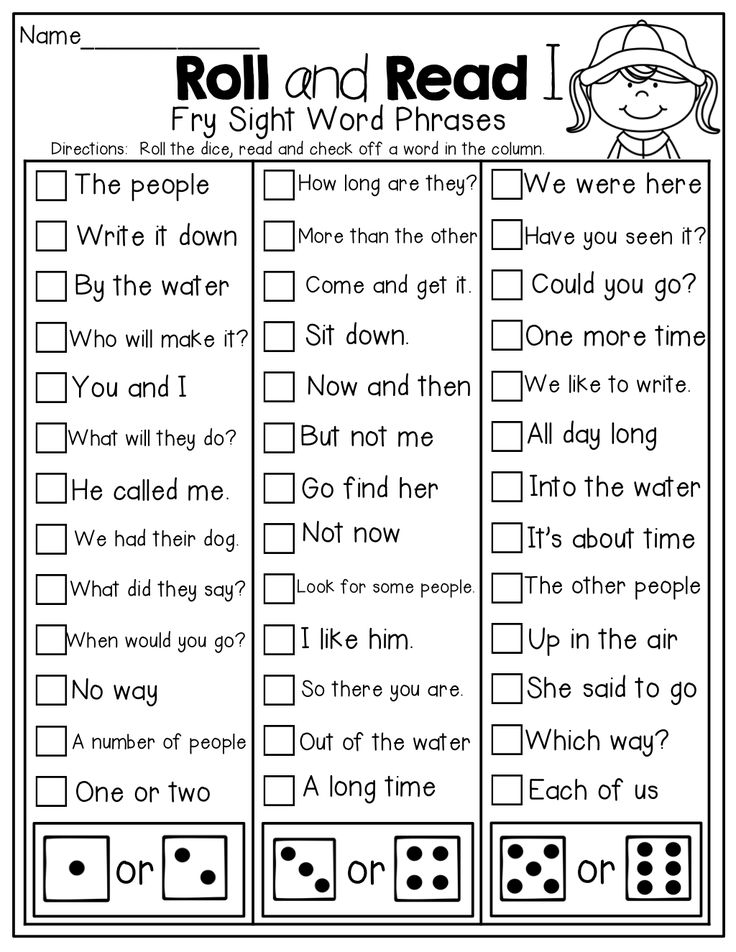 In this combination, the vowel A sounds like [ɛə]. For example, in the word fare (fare, fare). The vowel O in the fourth type of syllable will be pronounced as a long Russian sound O [ɔː]. An example here is the word more (more). The vowel E under stress is pronounced as something of a fusion between Russian I and A [ɪə], for example mere (only). Y and I with the fourth type of syllable are read as [aɪə]. For example, in the words fire (fire) and tire (tire). The letter U turns into the sound [jʊə] (during - during).
In this combination, the vowel A sounds like [ɛə]. For example, in the word fare (fare, fare). The vowel O in the fourth type of syllable will be pronounced as a long Russian sound O [ɔː]. An example here is the word more (more). The vowel E under stress is pronounced as something of a fusion between Russian I and A [ɪə], for example mere (only). Y and I with the fourth type of syllable are read as [aɪə]. For example, in the words fire (fire) and tire (tire). The letter U turns into the sound [jʊə] (during - during).
Learning to read consonant diphthongs
At the initial stages of learning a foreign language, students will also need to find the answer to the question of how to read diphthongs in English. This term refers to combinations of two letters that give one sound.
Table of English diphthongs. Consonants
How to read different combinations of vowels?
If you are seriously wondering how to learn to read in English, you will also have to learn diphthongs with vowels.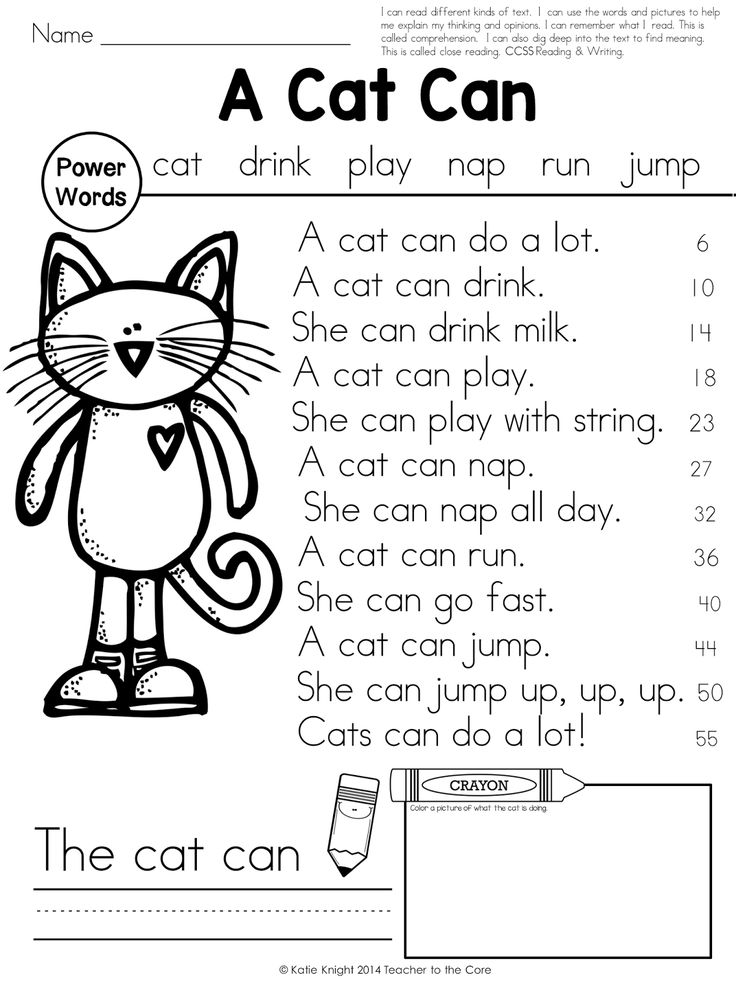 Here are some of them:
Here are some of them:
- ai, ay, ei, ey - [ei] - aim (goal, task)
- ai - [eə] - air (air). Before consonant R
- ae - [ɪ:] - aegis (protection, aegis)
- au - [o] - autumn (autumn)
- ea, ee - [ɪ:] - meal (food). Only if the vowel is not followed by the letter R
- ea, ee - [ɪə] - dear (dear). In position before R
- ie - [ɪ:] - field (field).
- oa - [ou] or [o:] - boat (boat)
- oi, oy - [oi] - enjoy (enjoy)
- oo [u:] or [u] or [uə] - moon (moon), book (book), poor (poor)
- ou - [au] - ground (earth). In the middle of a word
Silent consonants
Those who have been reading English for quite some time rarely remember all the rules for pronouncing diphthongs. And even more so in the process of reading, not everyone pays attention to the fact that some consonants are dumb. But at the initial stage of learning, it is important to remember that the following letters are not read in English:
- G and K before N at the beginning and end of a word.
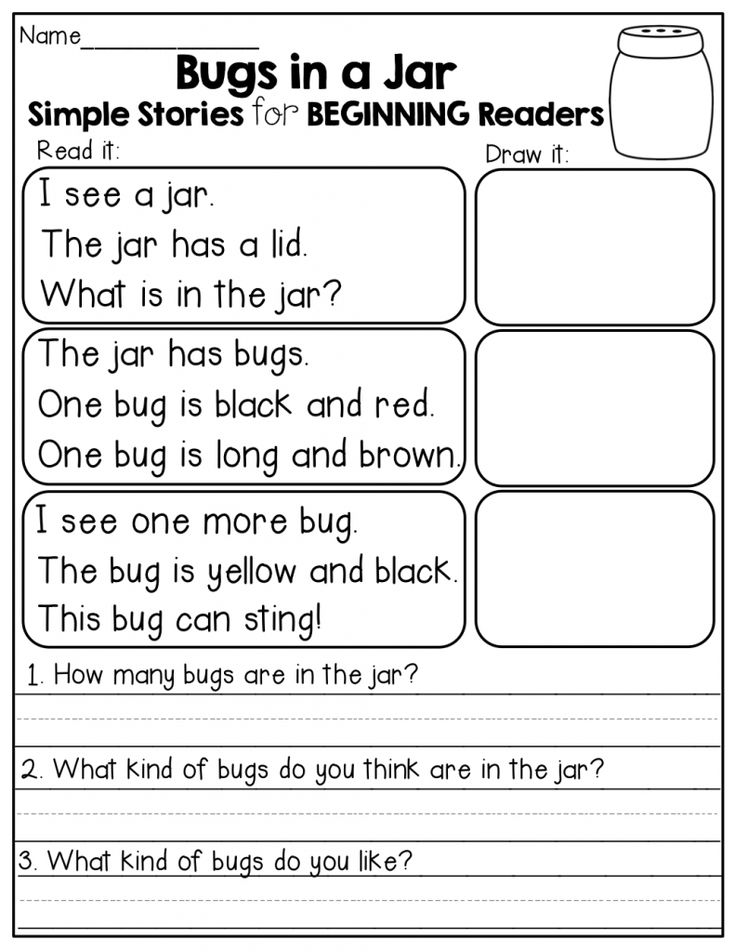 Foreign (foreign)
Foreign (foreign) - B and N after M. Autumn (autumn)
- W before R. Wrong (incorrect)
- P before N and S. Psychology (psychology)
You can learn to read English from scratch on your own. Do not try to cover everything at once, learn the sounds gradually. After you learn a diphthong or a letter, do not forget to consolidate the result by performing special pronunciation exercises.
In fact, there are a lot of rules for reading in English and exceptions to them, we have considered only the main ones. True, it is not necessary to learn them all. As you memorize new words, memorize their pronunciation and spelling immediately. So you will not have an urgent need to master all the rules of reading.
How to teach a child to read in English
English teacher Suliman Aktemirov tells how to instill in a child a love of the language through reading, what practices to use and why it is worth starting with sounds
About the author: Suliman Aktemirov, teacher at the online school "Uchi. Doma".
Doma".
Many parents think about the need to teach their children foreign languages early. Of course, you can always send your child to specialized lessons or hire a teacher, but you can learn the basic knowledge yourself - together, at home, in a comfortable environment, using a number of effective techniques. One of the important aspects that you should pay attention to is reading.
When learning any foreign language, it is important to devote time to four areas: reading, speaking, writing and listening. It is impossible to fully learn a language if at least one of the items falls out. The approach to learning should be comprehensive: you can’t concentrate on one thing and assume that the rest will catch up with time. For example, if a child is only engaged in writing or listening, he will never learn to speak correctly. Children who perceive information well by ear, growing up, become people who understand everything, but cannot say anything. Such knowledge is considered half-hearted, since a person is not able to use it to the fullest.
Language learning is not limited to reading , but, despite this, it should be given special attention. It doesn't matter what language you are going to learn: English, German or any other. Children who read well will make progress in mastering other aspects.
For clarity, let's turn to the Russian language. A well-read person, as a rule, has a well-structured and beautiful speech. He gets used to the turns he meets in books, and his speech becomes more structured and pleasant. When we read, our subconscious remembers grammar and punctuation: reading automatically improves written language. The same principle will work in the study of foreign languages: with the help of reading, we, without realizing it, improve literacy and speaking.
Reading teaching methods
All of them can be divided into three categories: the study of sounds, the alphabet and whole words.
Phonological method
The child is told how to pronounce letters correctly and what sounds are formed from their combination.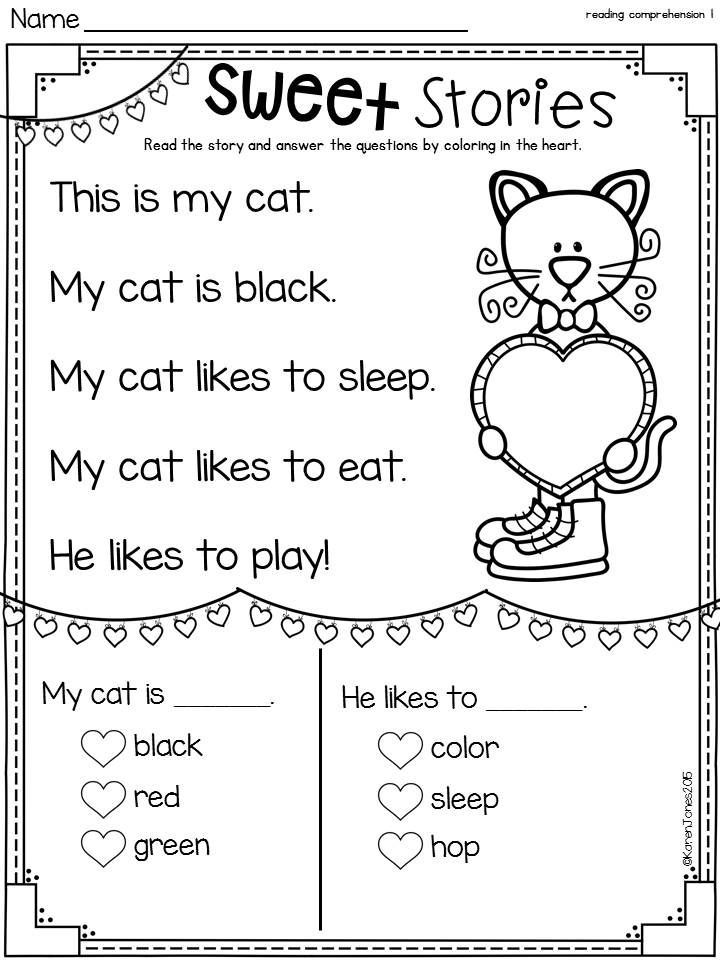 For example, the words "they" or "she" are read quite differently from how they are written, the method focuses on such cases. The purpose of its application is to make sure that the child immediately understands how to read the word aloud correctly, even if he sees it for the first time.
For example, the words "they" or "she" are read quite differently from how they are written, the method focuses on such cases. The purpose of its application is to make sure that the child immediately understands how to read the word aloud correctly, even if he sees it for the first time.
Whole word method
With this approach, the child is not taught how to read phonemes correctly, but goes straight to words. They always start with simple ones, then move up incrementally. Children remember how a certain set of letters is read in a certain word, and subsequently transfer the learned pattern to the pronunciation of others. For example, if a child remembers how to read the word "father", he can easily read "mother" as well, since the words are similar in sound and spelling.
Alphabetical method
The child begins to learn the language through the alphabet and only then moves on to words. If we recall the Russian language, then the letters in our alphabet are pronounced differently than in words.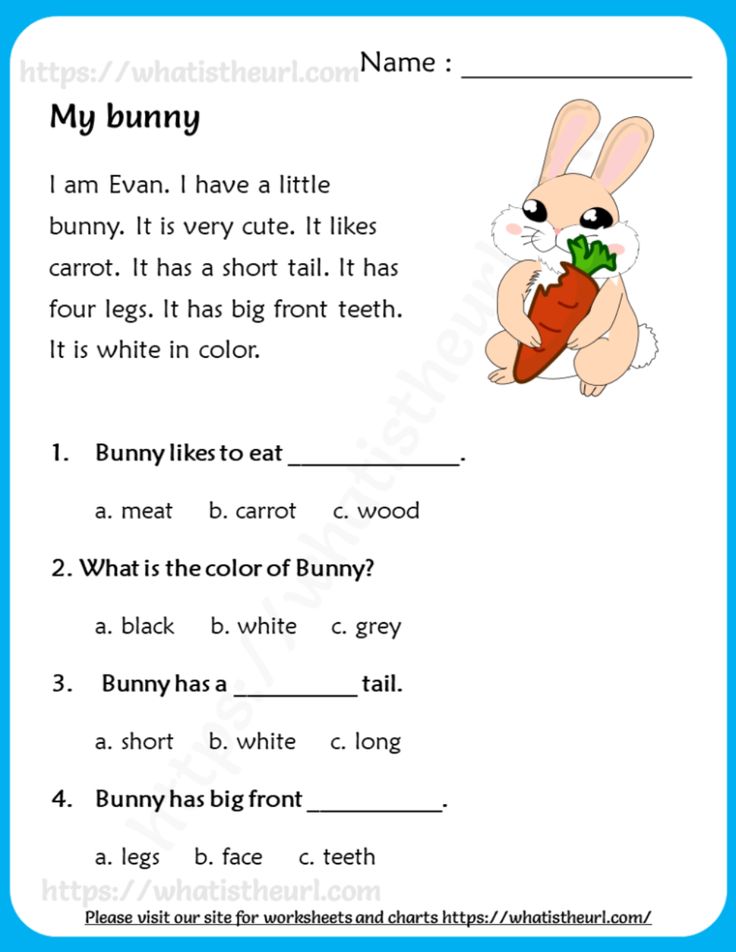 Since childhood, the ABC taught to read “be, ve, ge”, however, when it comes to speech, “e” disappears. Drawing an analogy, we can say that the same thing happens in English.
Since childhood, the ABC taught to read “be, ve, ge”, however, when it comes to speech, “e” disappears. Drawing an analogy, we can say that the same thing happens in English.
The alphabetical method is inferior in effectiveness to the other two. When you hear from a parent: “My child knows the alphabet, but can’t read at all,” you become a witness to the fact that this approach really does not work. Reading in English cannot become a confident skill for a child if there is no emphasis on learning sounds. It is not necessary to know the name of the letter, it is necessary to see the combination and correctly reproduce the sound.
Of course, there are many exceptions in English that do not read the way they are written, and this creates difficulties. But at the initial stage, the phonological approach proved to be one of the most effective.
Practical advice
The use of the phonological method in teaching reading will only work if the child himself is interested in learning. He, like an adult, will be bored just reading letters and sounds. It is necessary to involve him in classes and instill an interest in learning. There are a lot of ways, we have collected the most effective:
He, like an adult, will be bored just reading letters and sounds. It is necessary to involve him in classes and instill an interest in learning. There are a lot of ways, we have collected the most effective:
Songs and cartoons
Play music and cartoons for your child. For the initial stage, it is better to find material designed specifically for teaching young children. Cartoons that are shown to pupils of kindergartens or elementary grades in American and British schools are also suitable. This, among other things, will provide an opportunity to familiarize the student with the English-speaking culture. For children to be truly addicted, rhythmic songs with frequent repetitions and cartoons with bright pictures are needed. I suggest using the Super Simple website: here you can watch videos and learn the pronunciation of letters and letter combinations. You can check out the Alphablocks YouTube channel: the movable symbols that themselves add up to words right on the screen will surely please your child.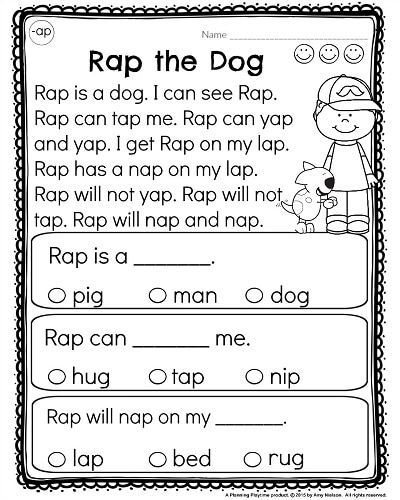
Games
This method is great for kids who are always bored. The child will think he is playing when he is actually learning. Interesting games for memorizing all the sounds of the English language can be found on the Starfall website. In addition to the website, the Starfall learn to read mobile app is also available. On the ABCYA website, you can also find many exercises for pronunciation and memorization of sounds and letters. Such interactive activities can not only motivate a child, but also remove barriers: fear of failure, embarrassment to speak a foreign language, or just laziness. Games are the best way to show your child that reading is easy.
Worksheets with letters (Worksheets)
To play sound correctly, you need to know what a letter looks like and how it is read - it is read, not called in the alphabet. Phonics worksheets can be downloaded by entering a query in a search engine and selecting the appropriate option. A combination of worksheets with videos about sounds will be useful.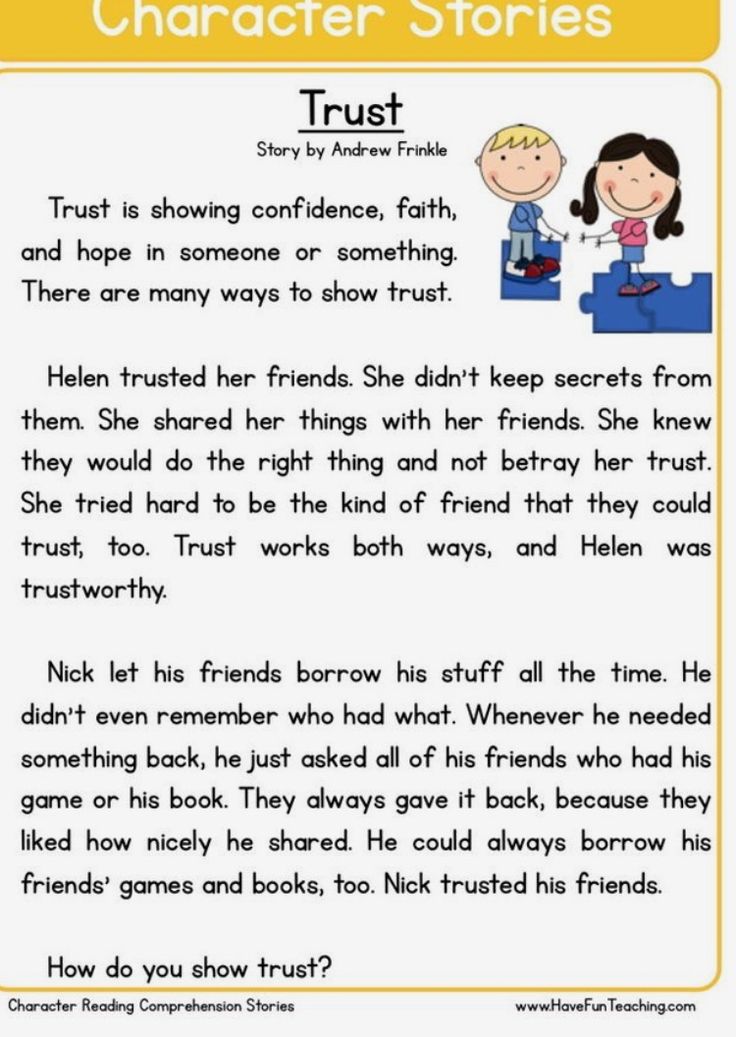 For example, in a worksheet there are letters -a, -t, -h. Find a video for these sounds and turn it on to your child, so he will learn the material as much as possible.
For example, in a worksheet there are letters -a, -t, -h. Find a video for these sounds and turn it on to your child, so he will learn the material as much as possible.
Reading short picture books
You can use printed books or you can download electronic versions from the Internet. You will find great interactive content on the aforementioned Starfall. The child can hover over any letter and see how the sound or word is played. This approach is especially useful at the start to achieve understanding of simple, short stories. When the child manages to read his first text, self-confidence and additional interest will appear, and fear will recede.
Why combine methods
Despite the outstanding effectiveness of many methods, it is not enough just to fill out worksheets, watch cartoons or play games. For successful learning, you need to use all methods in a complex and constantly maintain diversity.
Even an adult can lose interest if he constantly performs the same type of monotonous tasks.